Of the 4000 people who voted in our YouTube Community post poll, 60% said they want a camera comparison of the Vivo X70 Pro+. Your wish is our command. Let’s find out if the crazy camera setup on the X70 Pro+ makes it the best camera phone in the market right now. This is my extremely detailed camera review of the X70 Pro+ and comparison against the iPhone 13 Pro Max and Mi 11 Ultra. Let’s go.
Special Features and Modes
Let’s start with the special modes on all the phones and the X70 Pro+ has a lot!
- Firstly, the Vivo Zeiss partnership extends pretty deep. Starting with Zeiss Natural colour. In my testing, I didn’t notice a drastic difference in the default colour science of the algorithm compared to the Zeiss mode. Essentially, you get slightly muted Reds, Blues, and Greens. Very slightly. I mean, you really won’t be able to spot it until you notice the colour histogram.

- Then there are the fantastic Zeiss portrait lens simulations. I really love the Zeiss Biotar simulation that causes bokeh balls to go around in a circular motion. It looks really good. Then there are three more lens simulations – Sonnar, Planar, and Distagon.

- But, what is immediately noticeable is the T* coating on the Zeiss lenses. Just take a look at the way the X70 Pro+ has managed to bring out the details within the filament of the street lamp. Which is blown out on the Mi 11 Ultra and the iPhone 13 Pro Max. In fact, the restaurant signage on the rear has very well controlled light as well. There’s no blooming whatsoever, which is evident on the other two phones.
- Vivo has developed a custom V1 chip, which lets you look at a real time preview of how the camera will recreate extremely dark Night mode shots, so you can frame it better. Otherwise, you’d have to aim in the dark and hope that the camera does the magic for you.
- The X70 Pro+ also has a Supermoon mode but the Mi 11 Ultra’s algorithm obliterates the Vivo’s software processing. For what it is worth, these are purely vanity features that will rarely ever come in use unless, of course, you want to show off the unreal capabilities of your smartphone. Which, it has obviously faked by smart software trickery.
- Another fun mode on the X70 Pro+ is the Long Exposure mode. We tried the Light Trails effect first. However, despite increasing the shutter speed, the X70 Pro+ tends to over brighten the background making the whole effect a little flat. But, to be able to pull off such a shot handheld, in and of itself, is a fantastic feat. However, the Mi 11 Ultra offers the same feature. And, I prefer the nice contrast on offer here. However, you can easily pull off this same picture using a third-party app. I used the fantastic Moment app’s Light Trails mode. It worked like a charm to make this photo. It is pretty sharp too.
- You can also take Night Graffiti shots using the X70 Pro+. Essentially, a bunch of Vivo’s software engineers sat in a room and looked at the best DSLR trick shots and made them into special modes. I am not really complaining because this just encourages even amateur photographers to be more creative.
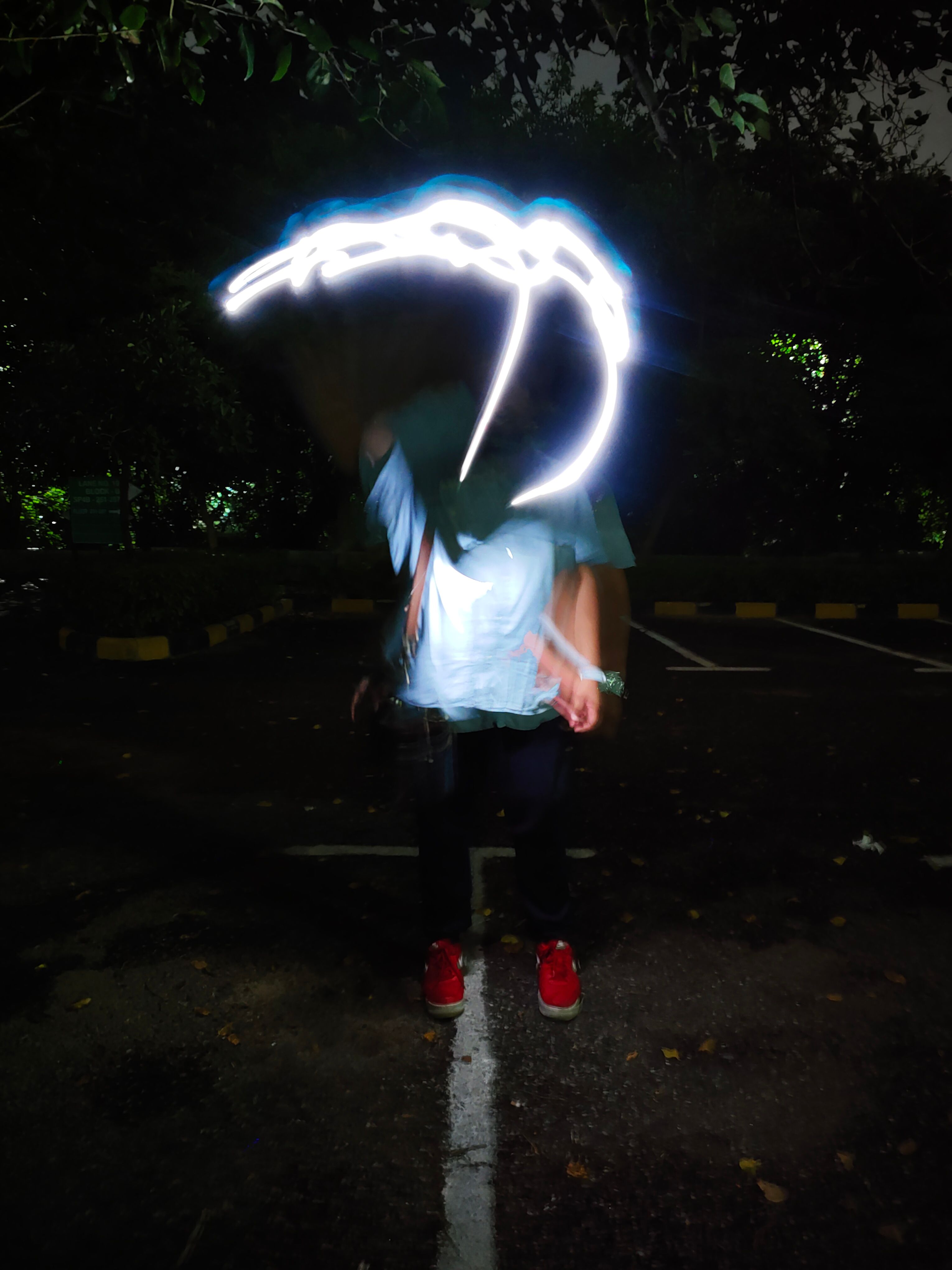
Vivo X70 Pro+ - Enough about Vivo’s modes, let’s move on to the iPhone 13 Pro Max. And, the cool new mode is the Cinematic Mode. I have discussed it at length in my previous videos. It is essentially a portrait video mode with automatic focus racking baked into the software coding. It looks good. Sometimes, creates fantastic shots. But, sometimes it is a little iffy too.
- Then there are Photographic Styles which are essentially Apple’s way of replicating a typical DSLR/Mirrorless camera’s Picture Profiles. Once you pick the Style you like, you can use it to make all your images without destroying the integrity and fidelity of the image, which would otherwise happen in a post capture JPEG edit
- The Mi 11 Ultra has a lot of features too but the two that stand out are the Movie Effects mode and Vlog Mode. You can create some cool looking videos like a software emulated Dolly Effect or a Dual Mirror mode. Plus, there’s this really cool Vlog mode that stitches a bunch of random reels into a full blown Vlog. I’ve seen Rushil use it effectively in his intro montages on the MySmartPrice Hindi channel.
So, that’s not even the entire list of all the extra modes on these phones, especially on the Mi 11 Ultra and the X70 Pro+. Anyway, fun fact – I shot nearly 500 pictures over a course of three days for this video.
Also Read: Vivo X70 Pro+ Review and Camera Comparison vs Xiaomi Mi 11 Ultra
Detail
Now, if you are someone who likes fine details and textures in their pictures, the Mi 11 Ultra’s Samsung GN2 sensor with the nearly 1-inch — 1/1.12-inch sensor to be precise — is the way to go. This sensor also has a default pixel size of 1.4-microns, which scales up to 2.8-microns in pixel-binned 12.5MP resolution. The X70 Pro+ uses the one step lower Samsung GN1 50MP sensor, which has a 1/1.31-inch size and a pixel pitch of 1.2-microns, which doubles up to 2.4-microns when it does 4-in-1 binning. The iPhone 13 Pro Max has a big sensor too, but in the context of previous iPhones. The 12MP sensor has a sensor size of 1/1.65-inch and a pixel pitch of 1.9-microns.
Take a look at our first set of samples. When you look at the 100% crop of the region where the two trees overlap, the leaves look far more natural and clean on the Mi 11 Ultra. It does produce an image that is very close to the look of a big camera. And, I absolutely love that. On the contrary, the X70 Pro+ tends to over-sharpen and that doesn’t look as good. The iPhone 13 Pro Max is as sharp as you can get on a 12MP sensor.
The second sample just confirms our findings that the Mi 11 Ultra is the sharpest. But, between the X70 Pro+ and the iPhone 13 Pro Max, you will see the X70 Pro+ tends to over-sharpen the extremely fine texture in the smaller leaves. The rest is otherwise pretty sharp. The 13 Pro Max looks slightly soft in certain areas compared to the X70 Pro+ but doesn’t over-sharpen anywhere. Regardless, I’d say when it comes to sharpness and fine details, the 13 Pro Max and X70 Pro+ primary cameras are equally placed. But, it is the Mi 11 Ultra that is the champion across all premium phones.
Colour
In case of colour reproduction, again it is the Mi 11 Ultra that offers a nearly accurate representation of the scene every time. Whether it is the Blue colour of the sky or the Green leaves or the Red on the parking sign, the Mi 11 Ultra keeps it close to natural without boosting any spectrum of the RGB range. The iPhone 13 Pro Max has a very similar colour profile in the Standard Photographic Style, only with slightly more contrast making the colours look deeper in the shadow region. The X70 Pro+ even with the Zeiss Natural colour mode on, tends to make a warm image by default. You will see the yellows are accentuated. There is a warm-ish tint on the bark of the tree. The Blue sky is lighter and the building has a slight yellow-ish tint to it too.
In fact, the second set of samples only amplifies the same observation if you look at it closely. We will pause here for a couple of seconds to notice the Warm look of the X70 Pro+, the contrast-y one of the iPhone 13 Pro Max, and the near-accurate colour science of the Mi 11 Ultra.
Dynamic Range
Moving on to HDR shots, in this shot of the indoor scene, you will notice that it is only the iPhone 13 Pro Max’s Smart HDR 4 algorithm that has managed to capture the dynamics in the light play well. The warm light falling on the red brick wall has been smudged by the other two phones. And, when it comes to HDR processing, the Mi 11 Ultra’s good colour science goes for a toss too – especially in artificial indoor lighting. But, it is not like the 13 Pro Max doesn’t have problems. It has completely blown out the overcast sky on the rear. The iPhone tends to do this often. Although, it wasn’t as Blue as Vivo makes it out to be either.
The second set of samples showcase how the Mi 11 Ultra’s algorithm tends to bring out a lot of details from the shadows. But, the X70 Pro+ and the iPhone 13 Pro Max do a better job of taming the highlights. However, I must mention that the HDR pictures on the iPhone 13 Pro Max don’t mess with the colours. Which definitely happens on the Mi 11 Ultra but not so much on the Vivo X70 Pro+.
Ultrawide
Now, when it comes to ultrawide shots, the high resolution 48MP shooters on the Mi 11 Ultra and the X70 Pro+ definitely offer sharper textures and lesser noise in the shadow portion as opposed to the iPhone 13 Pro Max. While the iPhone 13 Pro Max’s 12MP ultrawide can let in more light now – which I shall come to in a bit – the flagship Androids definitely have more capable sensors and it shows. But, between the X70 Pro+ and Mi 11 Ultra, the X70 Pro+ has way better colour science consistency between the primary and the ultrawide shooters. The Mi 11 Ultra really bungles up in this regard. The iPhone 13 Pro Max has great colour science consistency as we are all well aware.
Telephoto
The X70 Pro+ has a couple of telephoto cameras – a 2X lens and a 5x periscope zoom lens. The iPhone 13 Pro Max has a single 3x telephoto, whereas the Mi 11 Ultra has a single 5x periscope. I found the 5x periscope telephoto on the Mi 11 Ultra to be sharper than the X70 Pro+, and the 3x telephoto on the iPhone 13 Pro Max. The 2x camera is fine on the X70 Pro+ but it is meant to be used mostly for shooting portraits. The second set of samples shows again that the Mi 11 Ultra is detailed and sharper but not very colour accurate.
Macro
The Macro shots on the vivo X70 Pro+ and the iPhone 13 Pro Max are way better than what you can achieve with the Mi 11 Ultra, which really cannot do a close up capture properly. Apple says that the iPhone 13 Pro Max can go as close as 2cm to a subject but you can go closer but brace yourself for soft edges due to the big sensor. The autofocus is really good on the ultrawide on the 13 Pro Max. The X70 Pro+ is equally good too.
Portrait
While we have discussed the special Zeiss Lens simulations on the X70 Pro+, there’s also the regular portrait mode, and you can see that it has sharper textures on the face and a very natural facial tone. However, the edge detection is not the best out there. There are some inconsistencies that I noticed in most portrait pictures shot using the X70 Pro+. The Mi 11 Ultra’s edge detection is possibly the best out there. Xiaomi has been tuning the algorithm really well for a long time now. The drop off in the background and the blur has a very natural gradual progression as well. The iPhone edge detection only believes in keeping the face in focus and the blur starts happening much sooner.
For example, the AirPods Max in here is blurred out. But, when you consider the fact that the iPhone has a focal length of 77mm, the size and shape of the face is accurate here. The 50mm portrait of the vivo is also one of the most preferred portrait lens configs that most photographers prefer. The Mi 11 Ultra, on the other hand, uses the primary camera and digitally zooms in to about 1.4x to capture the image. Which is why you can see that the face is supremely soft in the second image. Which is true for the iPhone as well. The X70 Pro+ captures a sharp image. But, the rest of our observations regarding the average edge detection is true here as well. If you ask me, I like the look of the iPhone 13 Pro Max and X70 Pro+’s portraits. Having said that, Vivo will need to improve the edge detection.
Selfie
Before we start analysing the selfies from these three phones, let me just say the Galaxy S21 Ultra has the best selfie camera among all premium phones. So, coming back to our current competitors, in this first shot, I just love how the iPhone 13 Pro Max maintains the dynamic range of the scene. From the well controlled light around the Red signage to the well controlled highlights around my left hand. But, the facial tone, which is a huge part of a good selfie, is not very good. The Mi 11 Ultra is very good and the X70 Pro+’s slightly warm look is also good. However, do note that the iPhone has captured the most accurate shade of Blue on my Denim shirt.
In the second sample again, the iPhone 13 Pro Max’s HDR selfie is the best of the lot. The other two also look soft. Coming to the non-HDR samples, the iPhone 13 Pro Max creates a very contrast heavy selfie. The Mi 11 Ultra looks good here. For all intents and purposes, despite the iPhone’s tendency to botch Indian facial tones, I prefer it for selfies among all the phones in this comparison.
Selfie Portrait
And, when it comes to selfie portraits, the iPhone 13 Pro Max’s edge detection is passable at best. The Mi 11 Ultra offers the best selfie portraits among the three phones. But, here’s the thing, for some odd reason, despite multiple tries I just couldn’t take a selfie portrait with the X70 Pro+. This is a recurring problem with Vivo phones. I don’t know why Vivo makes it convoluted to take a simple selfie portrait with no fuss.
Low Light
The low light pictures are going to divide viewer opinion far and wide. Let me start with the X70 Pro+. It does a good job of capturing light even without the Night Mode on. And, I like the non Night Mode picture better because in Night Mode, Vivo’s algorithm over-saturates the picture to the extreme. iPhone’s algorithm keeps everything looking very close to natural looking. Including the contrast and dynamic range reproduction. Plus, I love how crisp it looks. In this sample, the iPhone has the fastest shutter speed of 1/9, which means that you can expect a tack sharp focus all the time. The Mi 11 Ultra and the X70 Pro+ tend to use a slower shutter of ⅙ and ⅕, respectively. And, even the slightest shake in Night Mode tends to blur the image. So, you really do need to stay very stable. But yes, the light capturing sensitivity of the Mi 11 Ultra’s GN2 sensor is absolutely great.
Which, by the way, is evident from the second picture. However, with most low light shots with Night Mode on, I noticed that the X70 Pro+ was always the sharpest. Take a look at the 100% crop of the ‘Schneider Electric’ signage or the ‘BLDG 10 Parking’ sign. You will also notice that the Mi 11 Ultra is soft because of soft focus. This clearly happened a lot with the 11 Ultra’s Night mode shots. Yes, it does get bright, but at the cost of incurring soft focus. None of these phones have even a pinch of noise in these samples. They are extremely capable and confident shooters.
In extreme low light shots, like in this sample, the Night Mode wizardry of the Mi 11 Ultra and the X70 Pro+’s algorithm comes in handy. You can see how these phones bring out details from the shadow region exposing the trees and the road is absolutely dark in the iPhone 13 Pro Max’s sample. That’s how my eyes saw it, but here I’d have preferred the low light capturing capabilities of the new sensor to open the shutter a little longer. Again, the X70 Pro+ is clearly the sharpest of the three. I absolutely love how vivo’s algorithm captures such crisp images at night. Also, the Mi 11 Ultra has very limited dynamic range in low light and creates flat images.
When shooting regular low light samples, I generally end up picking the iPhone 13 Pro Max’s low light shots because of the extended dynamic range and contrast. The vivo X70 Pro+ is definitely another favourite, and I’d say better than the 13 Pro Max, when it comes to sharpness and extreme low light shots. The Mi 11 Ultra’s low light performance is great too but it is a step below the league of the X70 Pro+ and the iPhone 13 Pro Max.
Low Light Ultrawide
In low light ultrawide shots, the iPhone 13 Pro Max has the most noise in the shadows. But the other two tend to soften the details when doing the noise correction. Plus, there’s some green luminance noise on the X70 Pro+ and lens flare on the Mi 11 Ultra. But clearly, even without us having to pixel peep, you can tell the Mi 11 Ultra and X70 Pro+ are sharper. The second image shows how these two phones also let in more light. Just know that using Night mode on the ultrawide will cause the Mi 11 Ultra and the X70 Pro+ to create a watercolour like effect while smudging details. But yeah, I’d still say these two phones are more capable compared to the 13 Pro Max when it comes to low light ultrawide shots.
Low Light Selfie
In low light selfies, the X70 Pro+ has a very clean selfie in this shot where it wasn’t really pitch dark but had less than ideal light. But, in pitch darkness the 13 Pro Max is doing a good job here. Despite using the Night mode the Mi 11 Ultra cannot do much to add some exposure and light up the face. On the flipside, once you switch on the Night Mode, the X70 Pro+ turns to the Super Night Mode in low light and will invariably add a coat of white paint on your face plus remove all the blemishes too. Too bad, Vivo hasn’t fixed this issue in the algorithm yet.
Also Read: iPhone 13 Pro Max Review In-Depth – Living Up to the ‘Pro’ Moniker
Low Light Video
Super Night video is a special mode available in the X70 Pro+’s camera app and it shoots video at a max resolution of 1080p 30fps. I matched the same resolution on the Mi 11 Ultra and the iPhone 13 Pro Max. The results are there for you to see. It is quite literally a night and day difference.
Although, when you shoot regular 4K 60fps video in low light, the Mi 11 Ultra is the brightest of the three but also the noisiest. And, you’ll spot blooming around the bright sources of light. If you like brighter exposures, then the Mi 11 Ultra will be the choice of low light video for you. But, I’d take the iPhone 13 Pro Max, which offers a higher bitrate, which means better details, and less noise in the darker portions as opposed to the X70 Pro+.
However, when it comes to low light ultrawide video, the X70 Pro+ and the Mi 11 Ultra are better. The iPhone 13 Pro Max has enough exposure but there is noise in the video which is immediately apparent too.
Video 8K
One of the major advantages of modern day Android flagships is they can shoot at 8K resolution as well. Most phones can shoot only at 8K 24fps max but the Mi 11 Ultra can go up to 30fps. And, in a direct comparison with the X70 Pro+’s video, the Mi 11 Ultra’s quality is way better.
Video 4K 30fps HDR
All these phones can also shoot dedicated HDR videos. Apple shoots Dolby Vision videos on all the cameras at 4K 60fps no less. Apple really leaves no stone unturned and it shows in the quality of the footage. You get a slightly wider 10bit colour in the Rec 2020 format. The Mi 11 Ultra and the X70 Pro+s HDR recording is still limited to the Rec 709 colour gamut. In any case, to the naked eye, all the phones capture equally good looking HDR videos but the other two can only do it at a max of 30fps in 4K resolution.
Video 4K 60fps Primary Camera
But most folks will shoot regular 4K 60fps videos. In our testing, the iPhone 13 Pro Max offers the best dynamic range performance and the most vibrant colours too. But, the other two are equally good at recording videos. The image stabilisation is good too on all the three phones. And, when it comes to the sound, the Mi 11 Ultra offers fantastic sound recording, which is as good as the iPhone 13 Pro Max, if not better. The X70 Pro+ renders my voice in a robotic fashion owing to the algorithm that cuts out the noise.
Video 4K 60fps Ultrawide
The USP of the X70 Pro+ is the Gimbal stabilisation in the ultrawide angle camera. Obviously, the stabilisation is fantastic but, both the iPhone 13 Pro Max and the Mi 11 Ultra, are right up there too. So, not really too much of a difference if you ask me. But yes, the ultrawide shoots muted 4K 60fps videos on the X70 Pro+, which is a different colour science consistency from the main camera. The same is true for the Mi 11 Ultra. It goes to the other end of the colour spectrum where it boosts it a lot. So yeah, consistency in video capture across cameras is better on the iPhone 13 Pro Max again.
Video Front Camera
Finally, when it comes to front camera video recording, the iPhone 13 Pro Max just obliterates the other two with 4K 60fps video recording option and Dolby Vision support as well. The X70 Pro+ tops out at a max of 1080p 30fps only and the Mi 11 Ultra can only do 1080p 60fps.
Also Read: iPhone 13 Pro Max vs iPhone 12 Pro Max vs Galaxy S21 Ultra Camera Comparison Test and Review
Conclusion
After going through all the images, I am convinced that the Vivo X70 Pro+’s camera setup is a treasure trove of features and modes that will encourage even casual photographers to experiment. It has some learning curve but the phone urges you to try different things.
In comparison, the Mi 11 Ultra is a powerhouse when it comes to sharpness and detail in bright daylight landscape shots. It goes for a DLSR look, which to a certain degree, it manages to achieve as well. Between the X70 Pro+ and the Mi 11 Ultra, I’d gravitate towards the X70 Pro+ purely because of its stupendous low light performance and variety of creative modes on offer.
Finally, the iPhone 13 Pro Max (or 13 Pro) is the most consistent shooter of the three out here. Using this phone you can rest assured that you will get good looking pictures 90-95% of the time. Plus, you get consistently fantastic video performance with support for Dolby Vision video recording at the highest possible resolution and framerates across the entire camera stack
I’d still say the iPhone 13 Pro Max is the best camera smartphone in India today but it is also the most expensive camera smartphone in India today. So, you will have to be ready to cough up Rs 1,19,900 for this camera setup. Or, make a few compromises and settle for the X70 Pro+ otherwise.
Which one do you like? Let me know in the comments below.
The post Vivo X70 Pro+ Camera Review & Test vs iPhone 13 Pro Max, Mi 11 Ultra | Ultimate Flagship Fight appeared first on MySmartPrice.
from MySmartPrice https://ift.tt/3AwWgLE
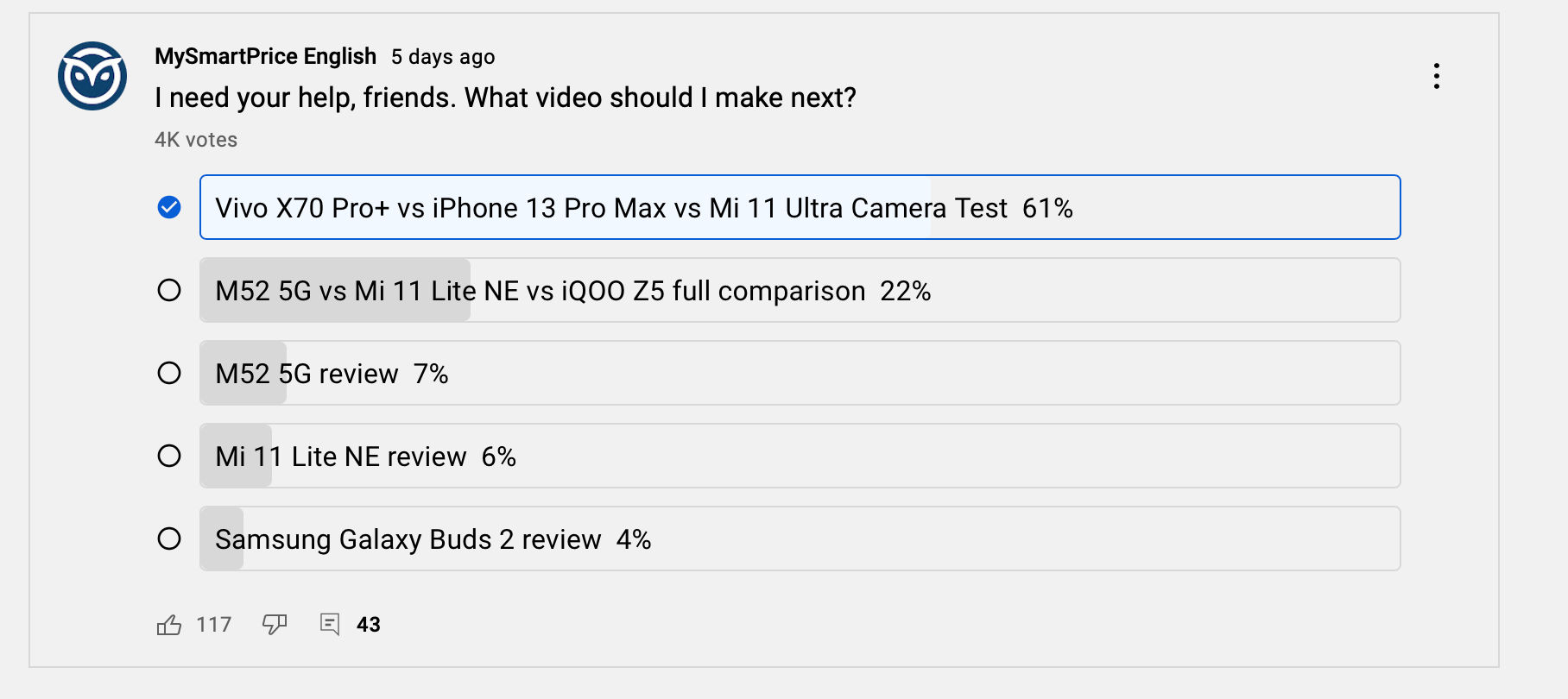

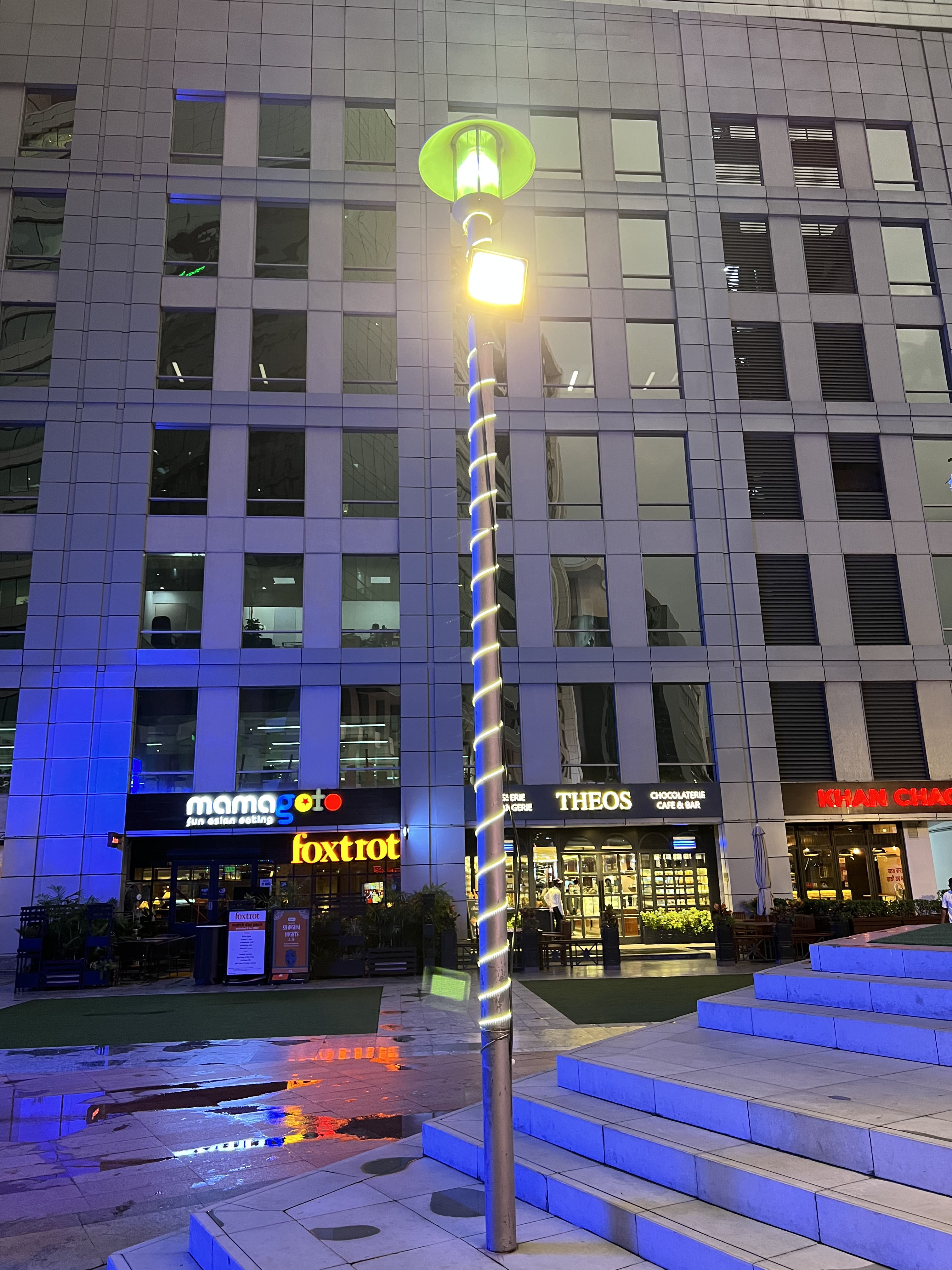


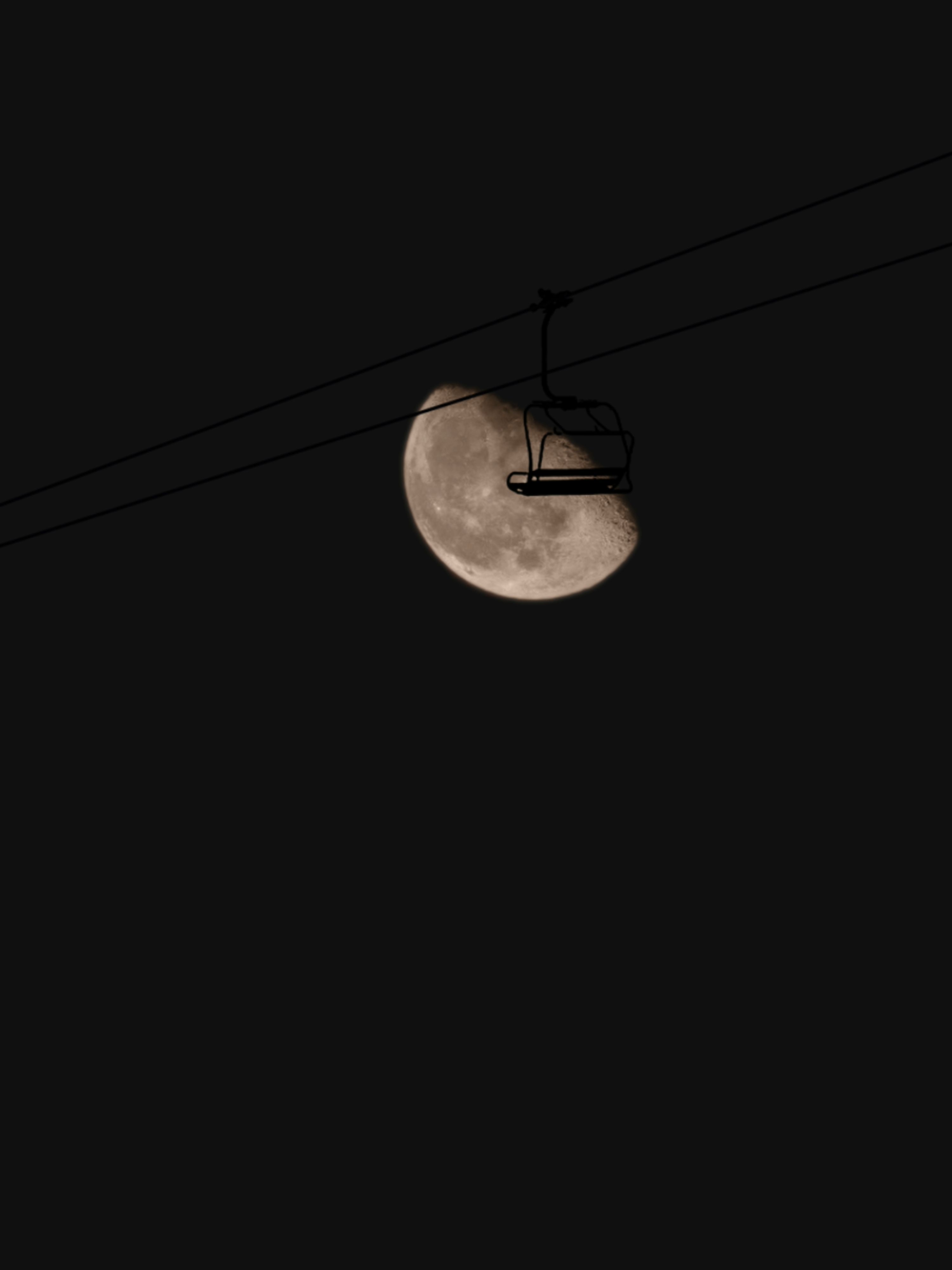
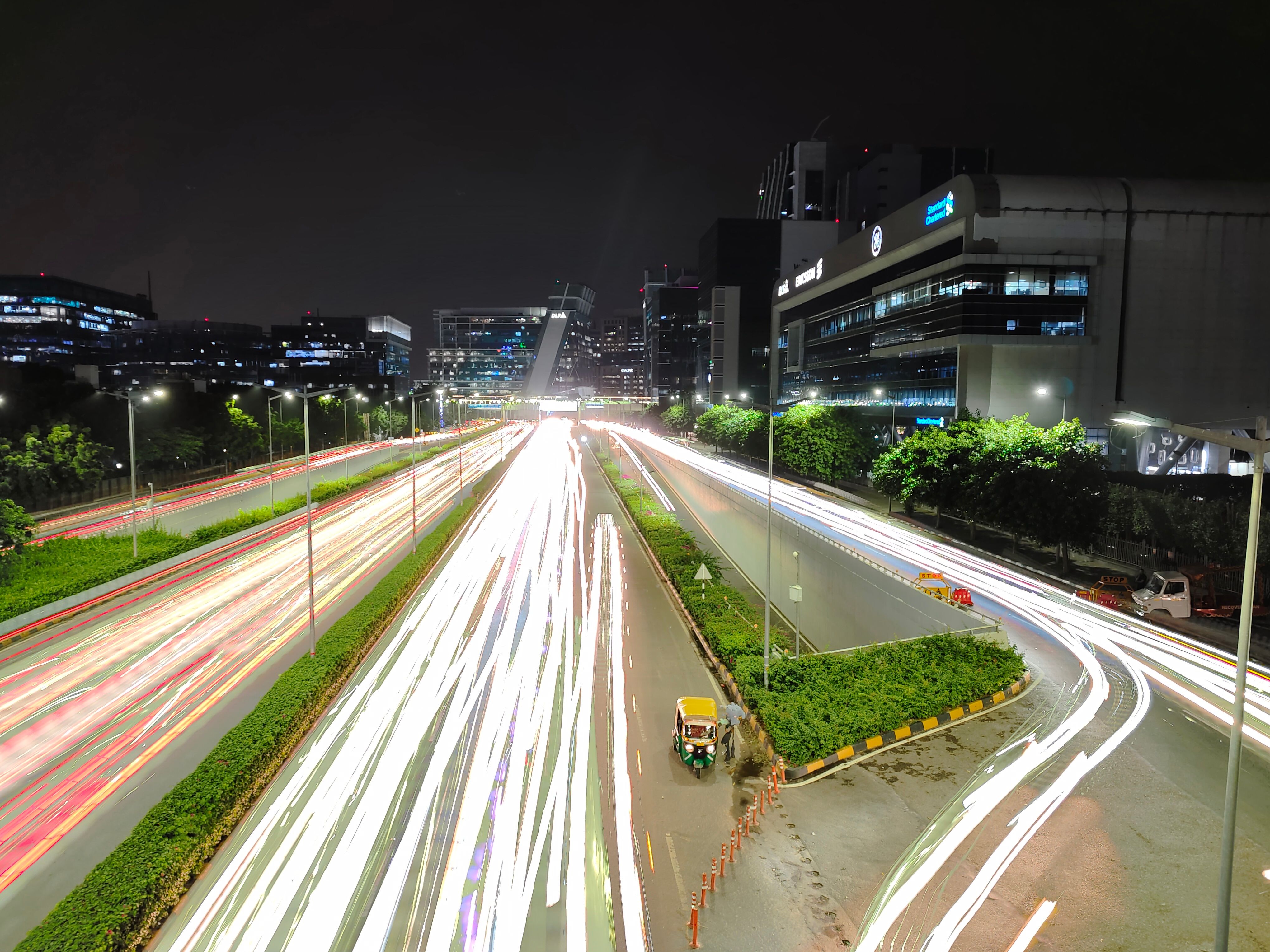
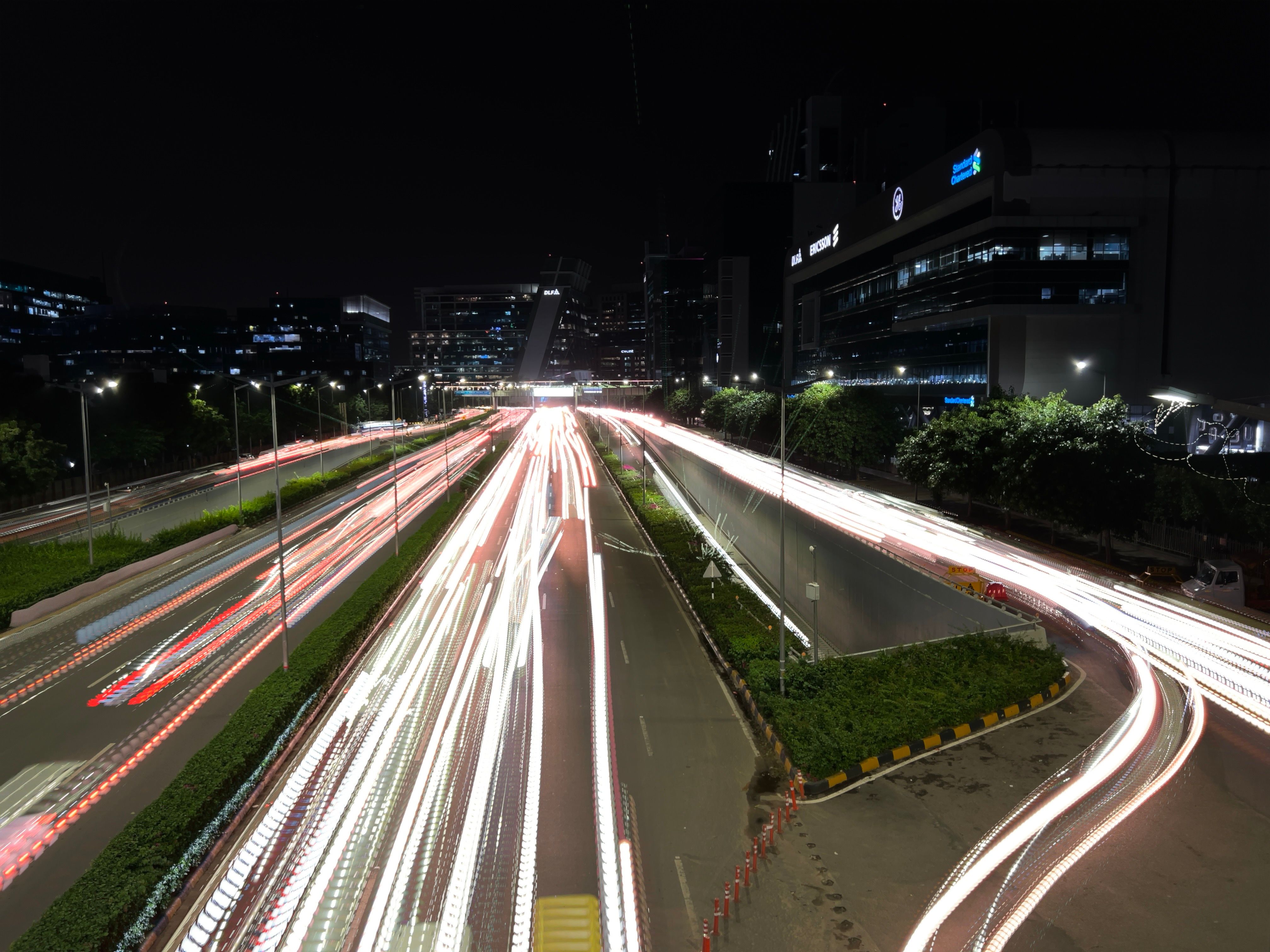

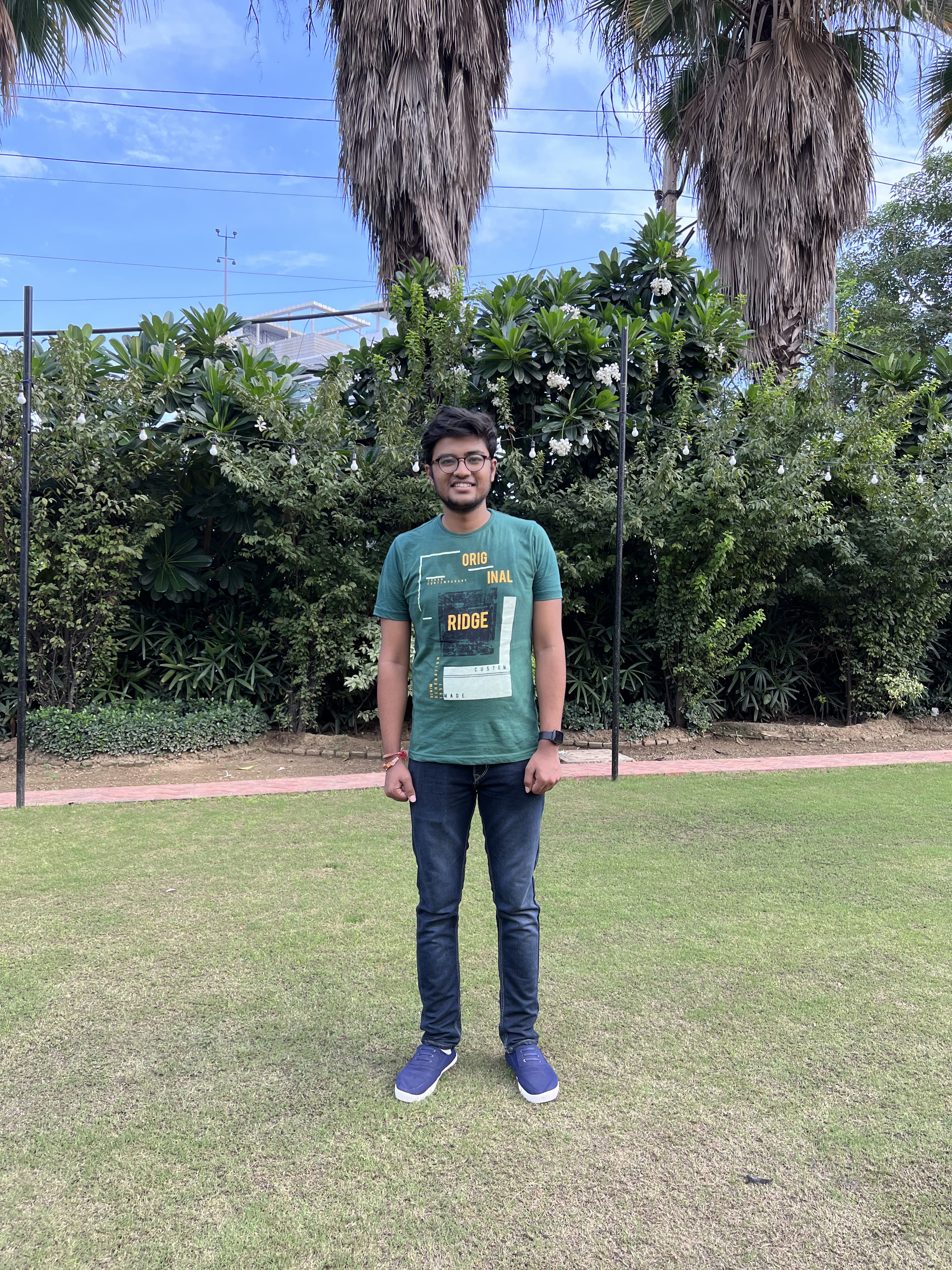
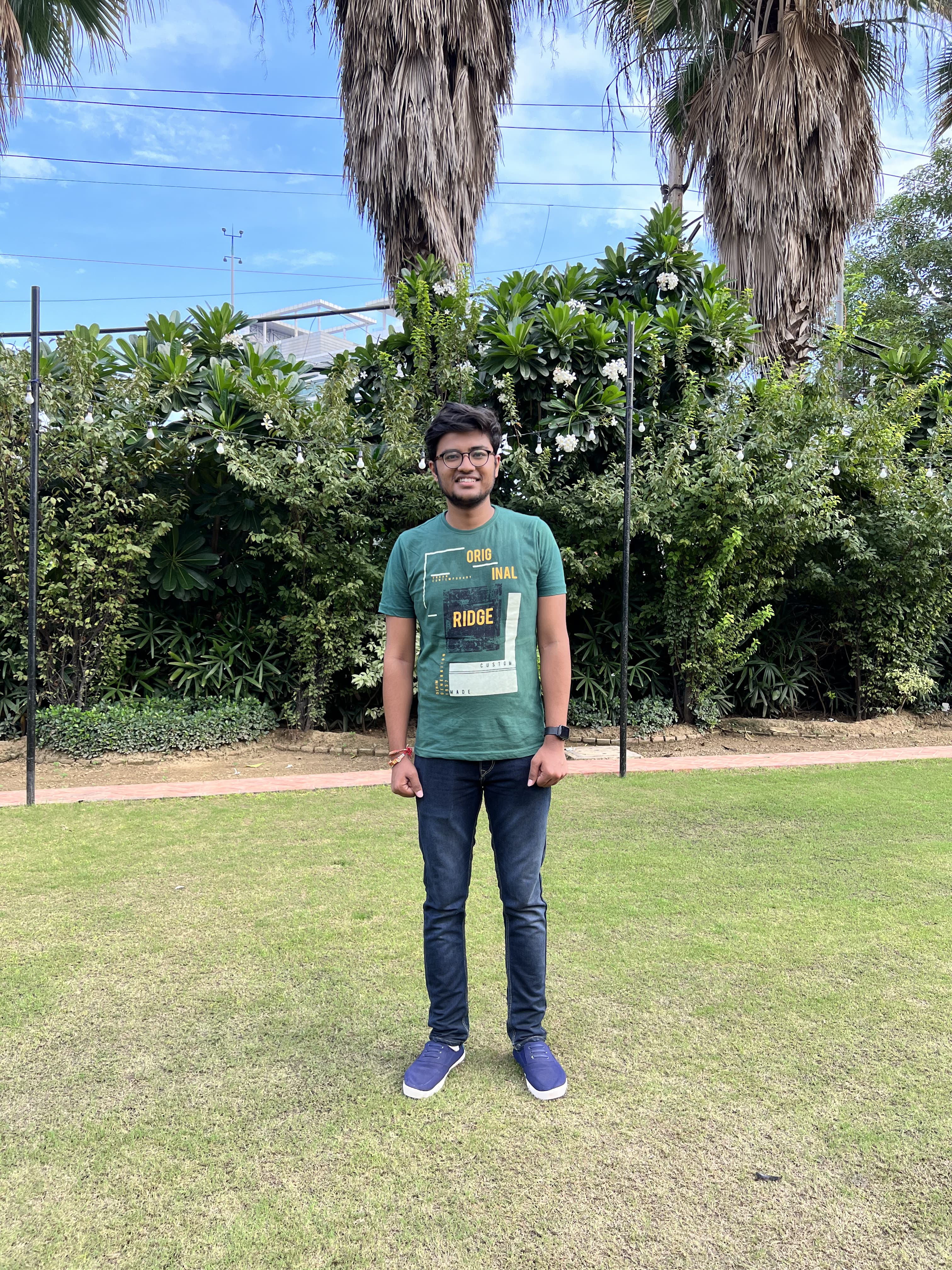
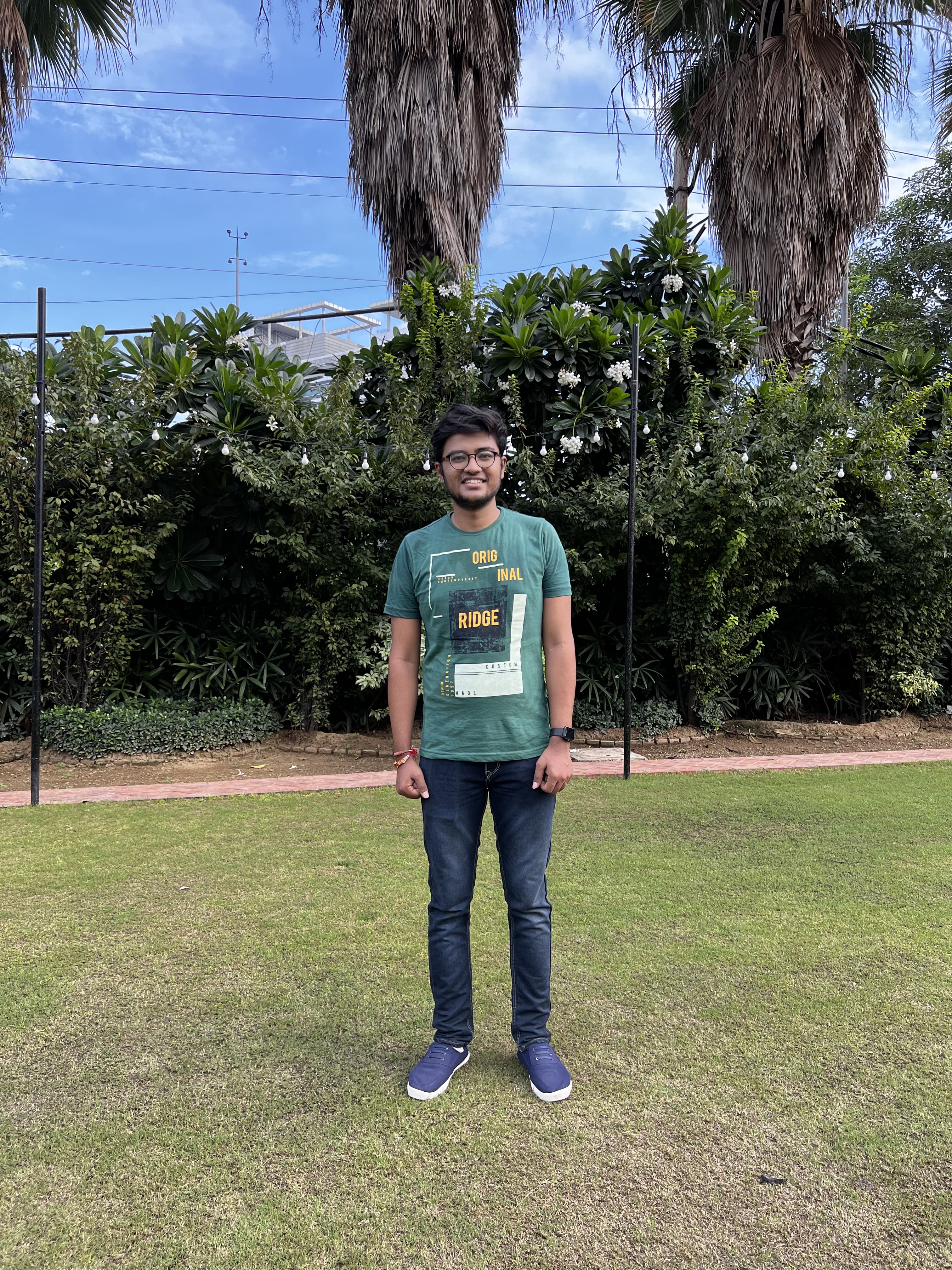


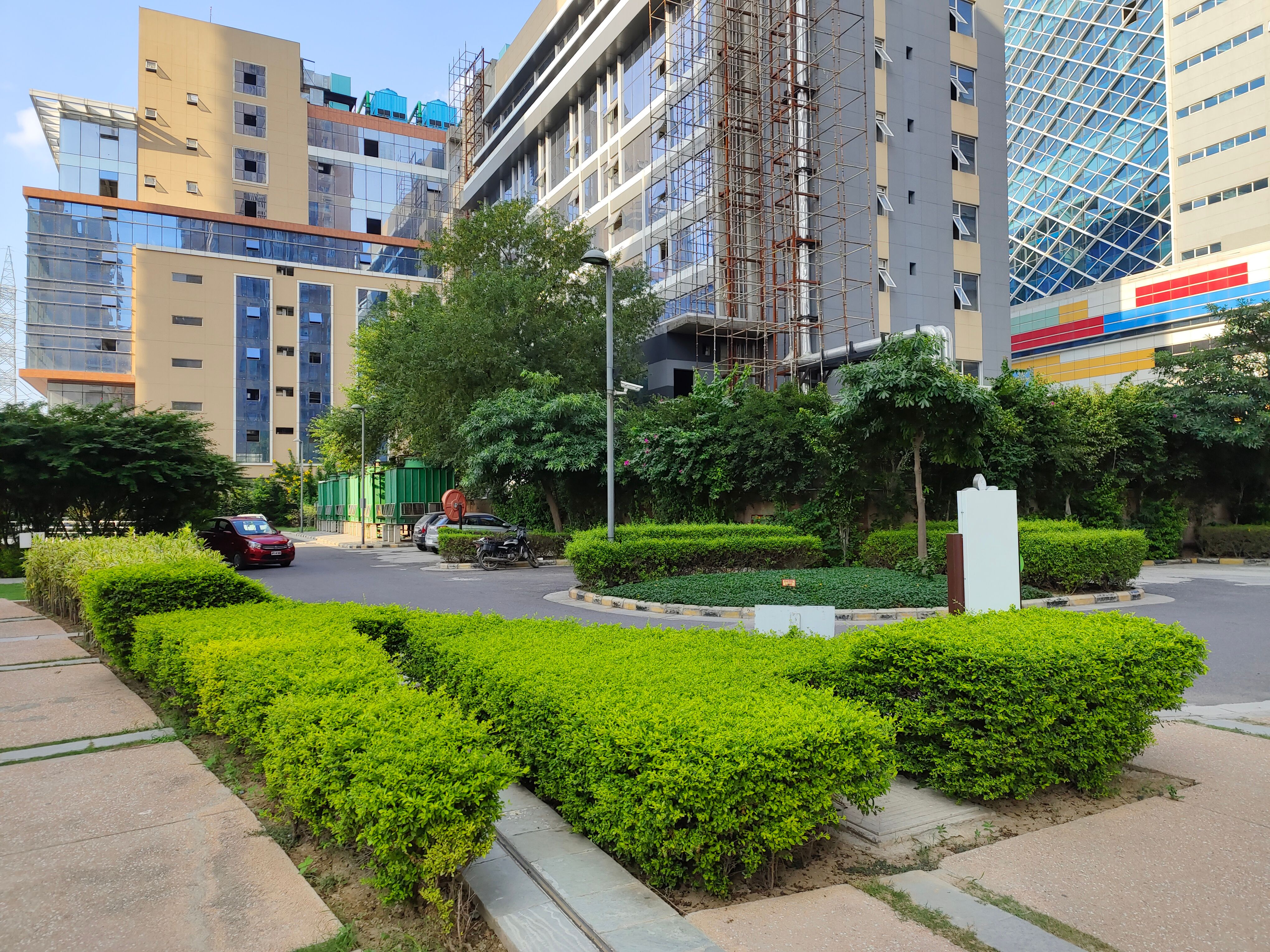
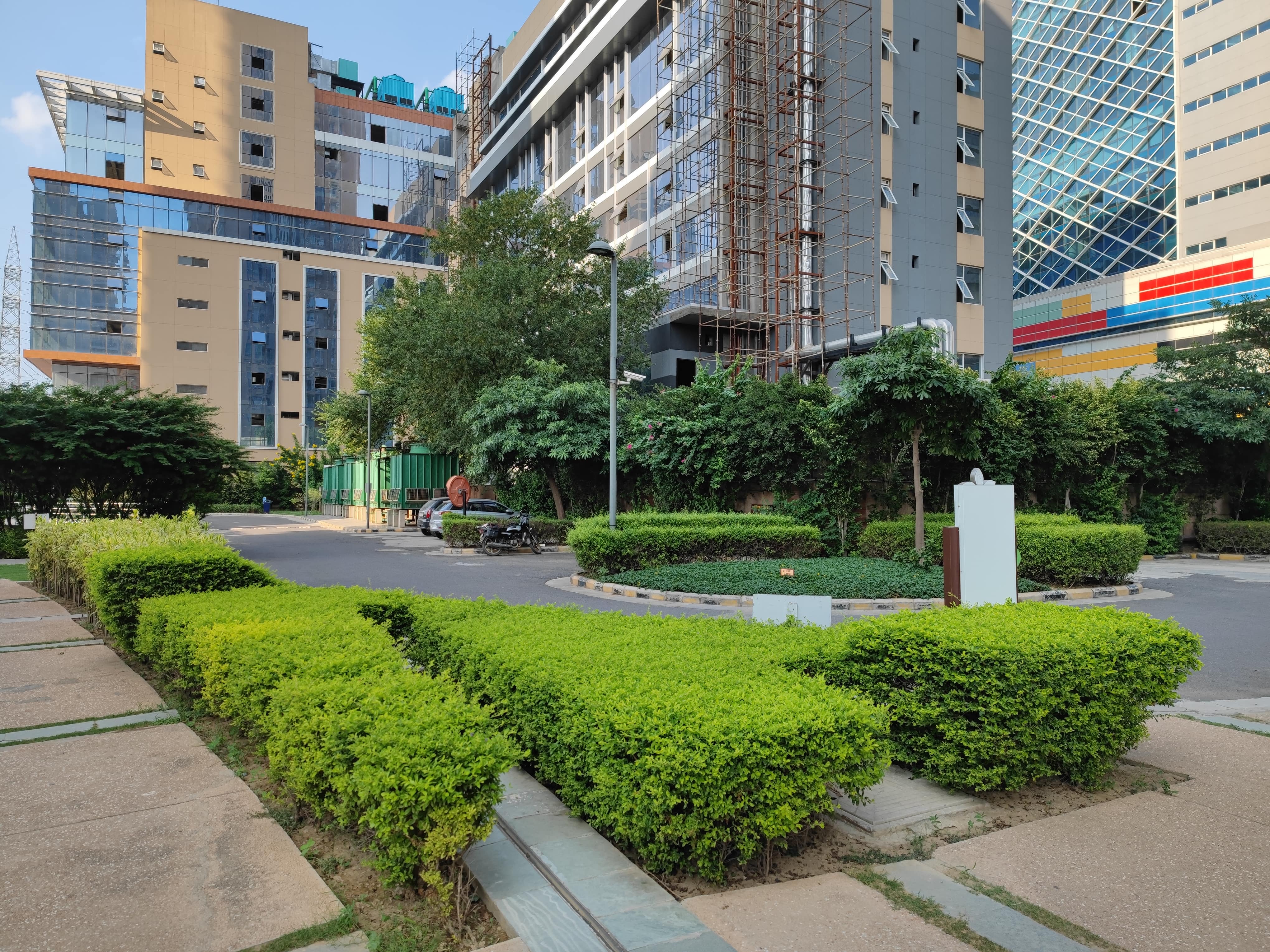

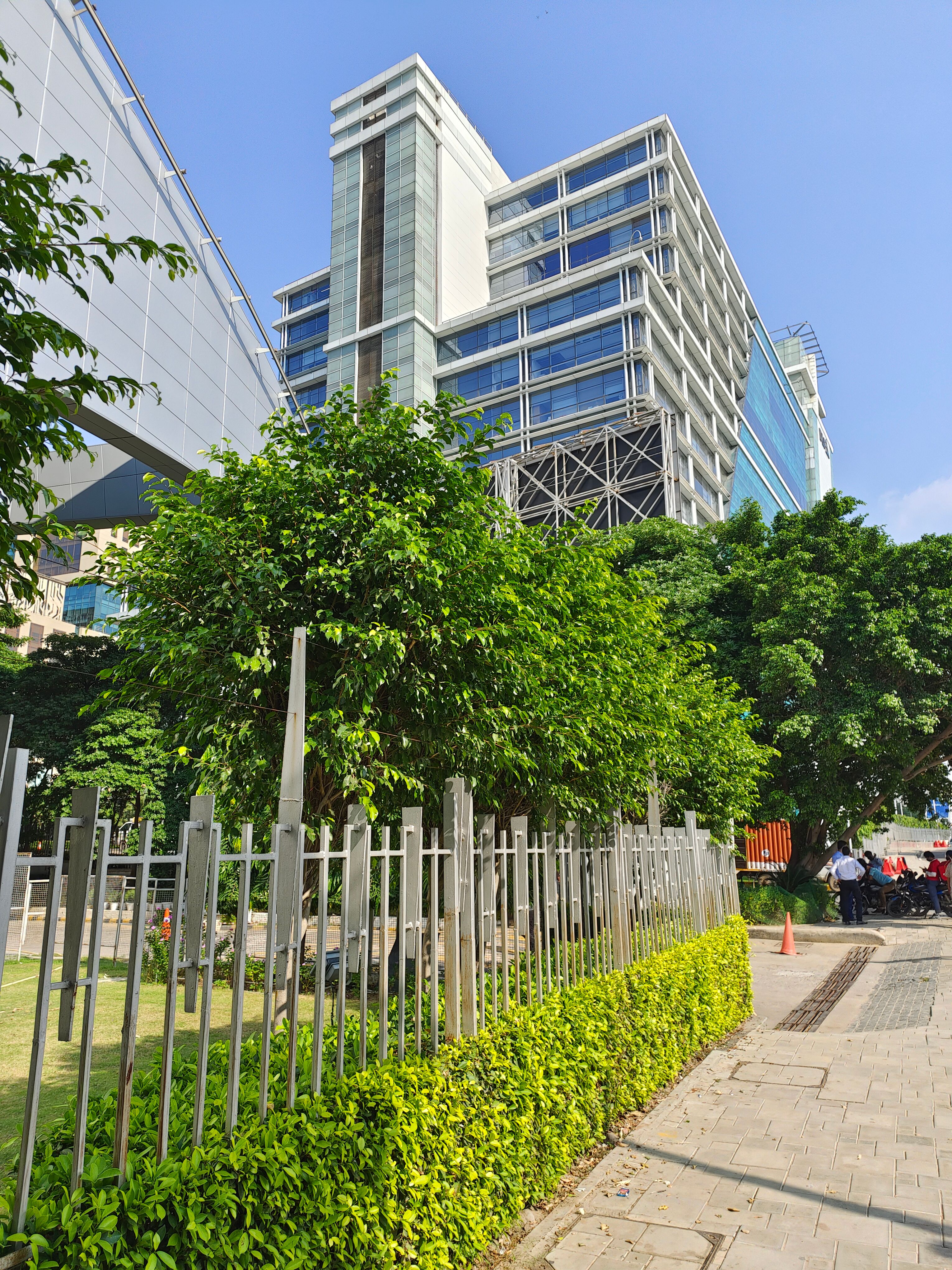
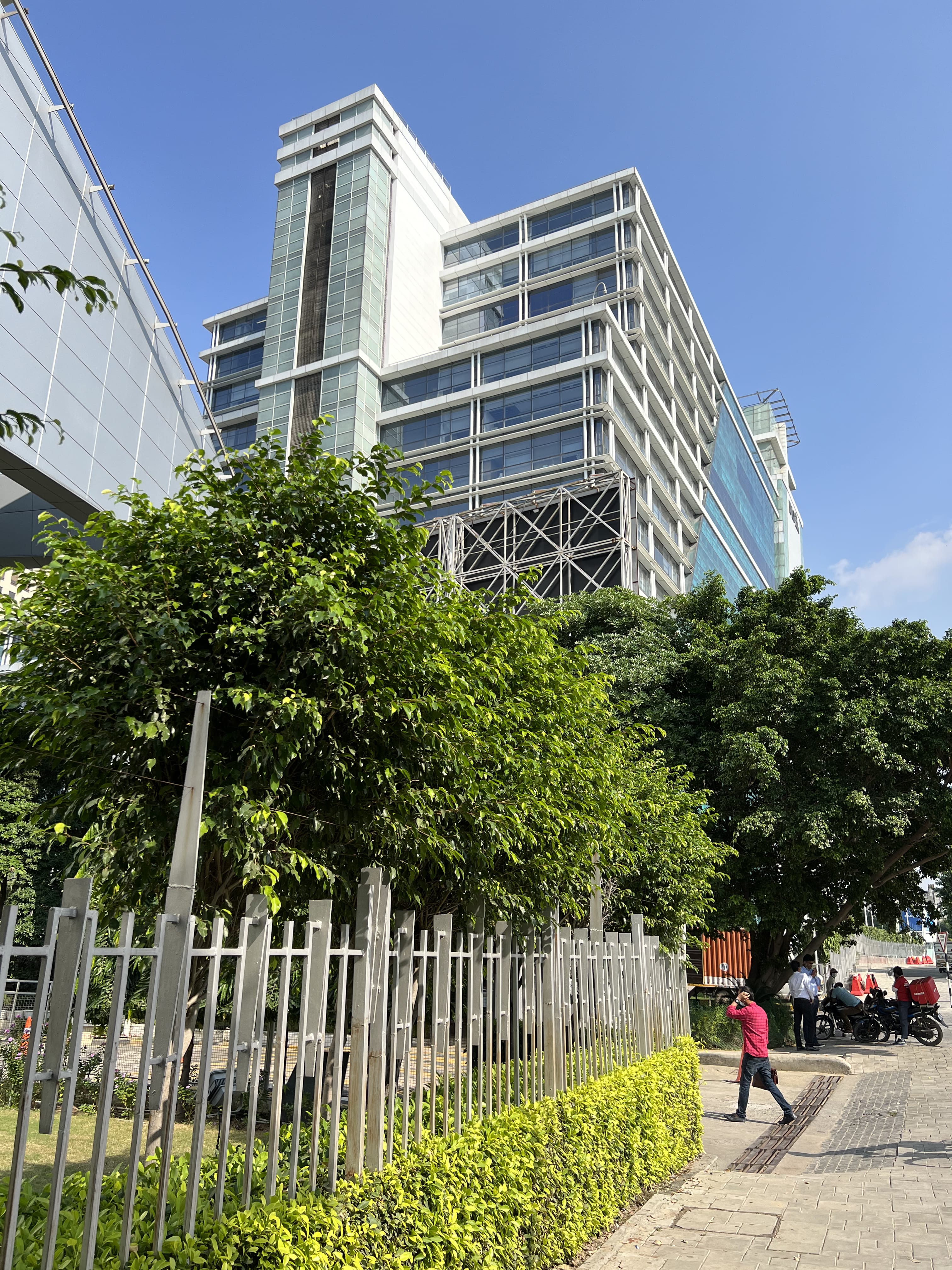


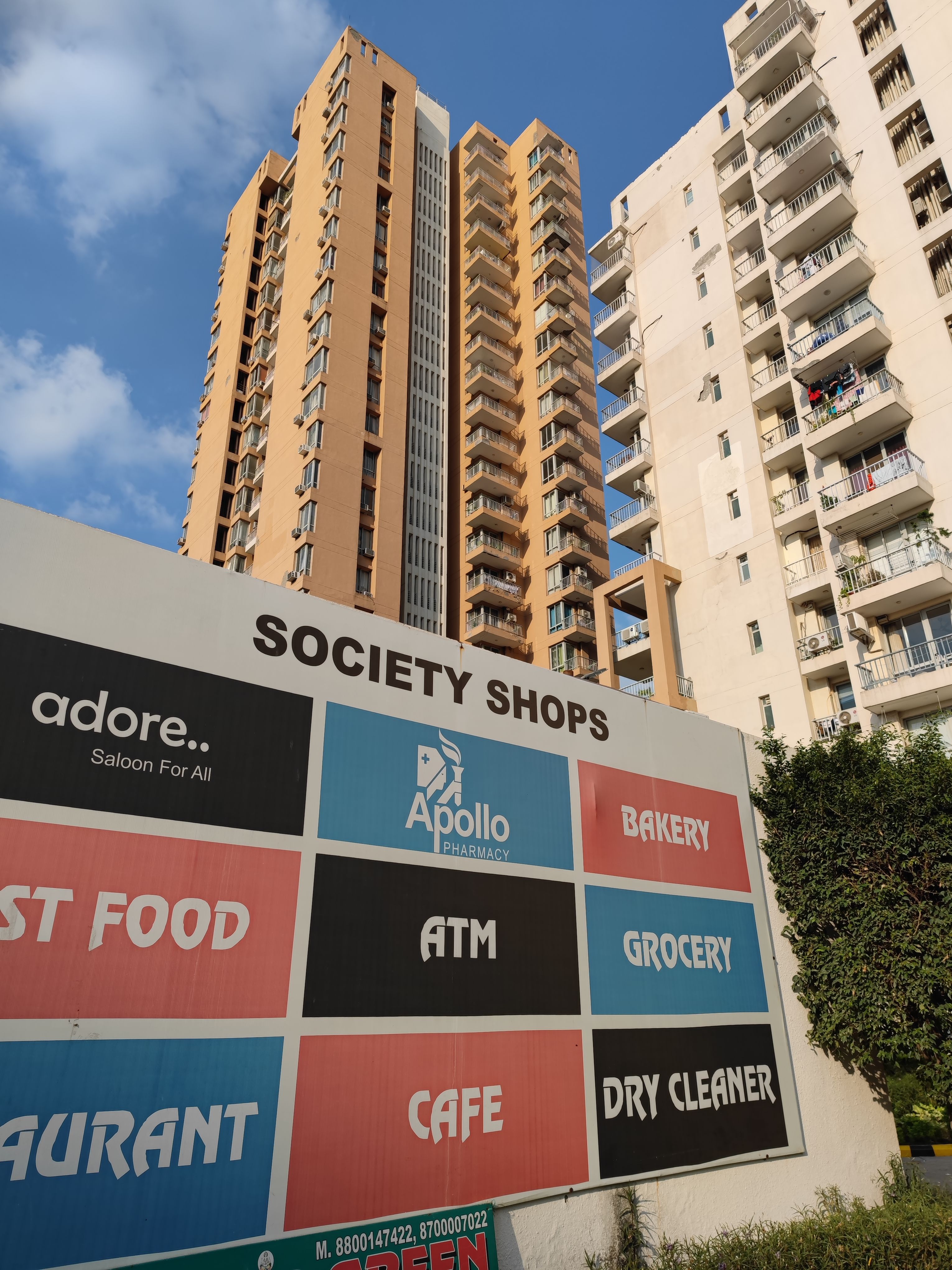
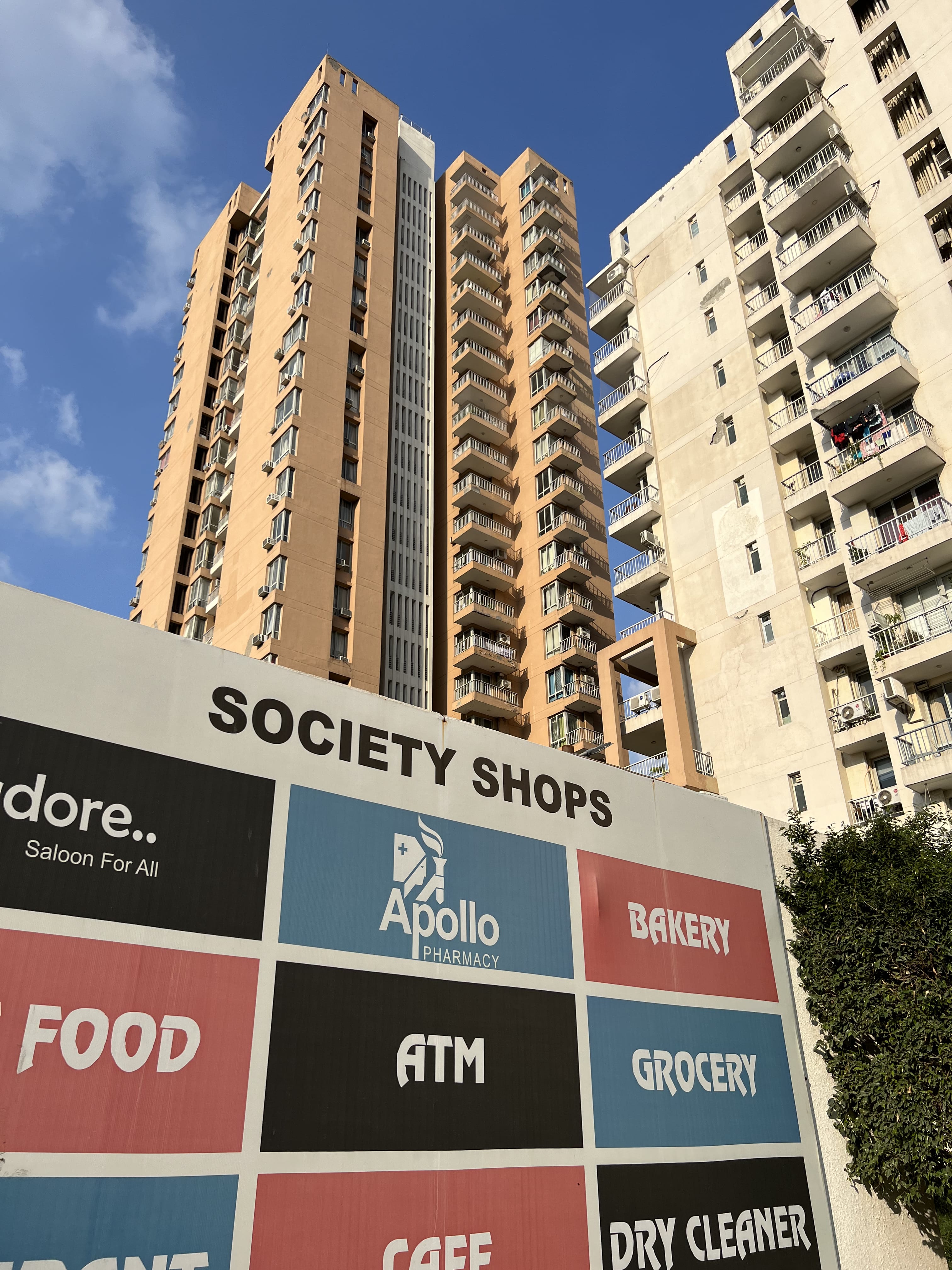
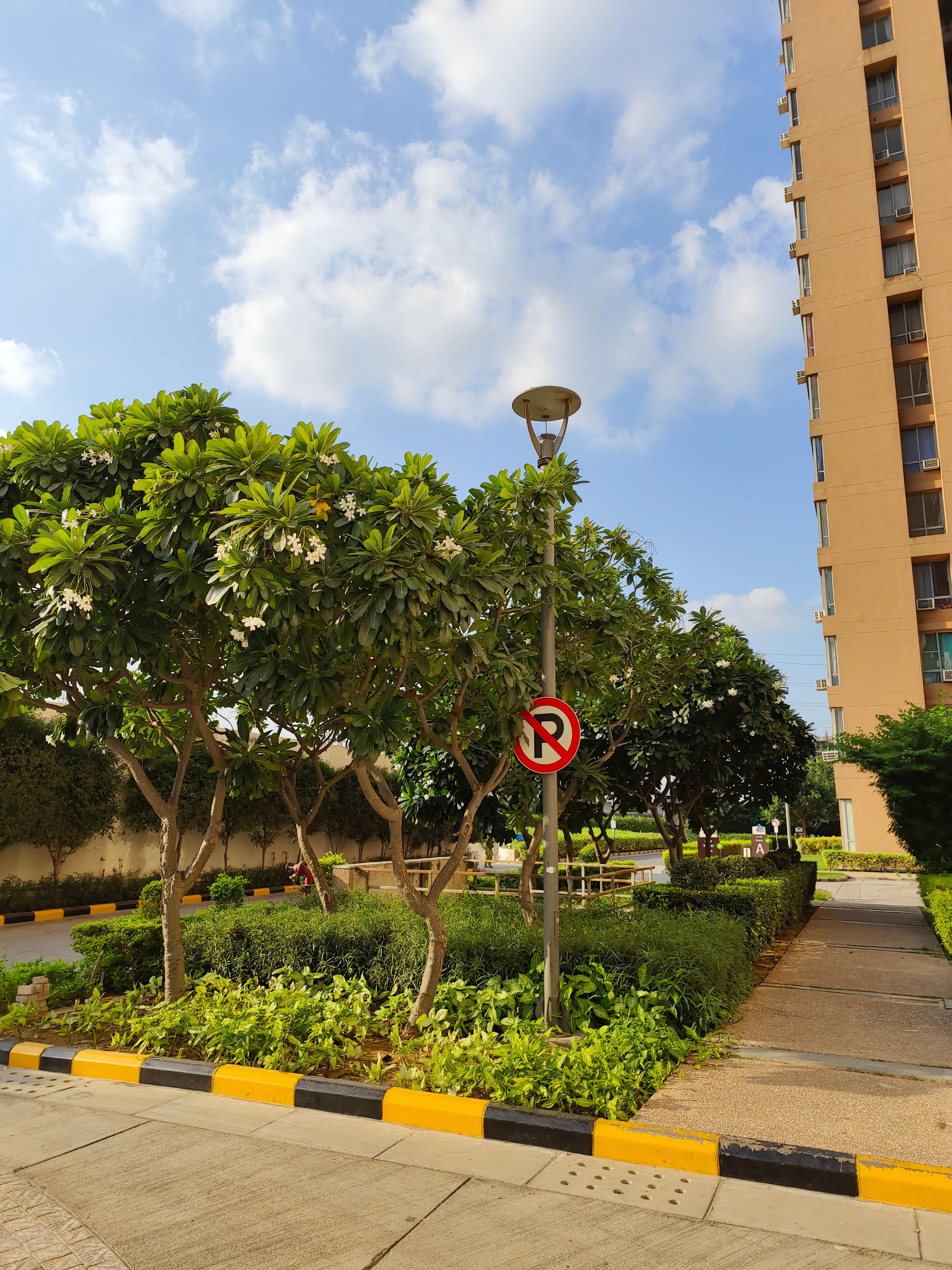




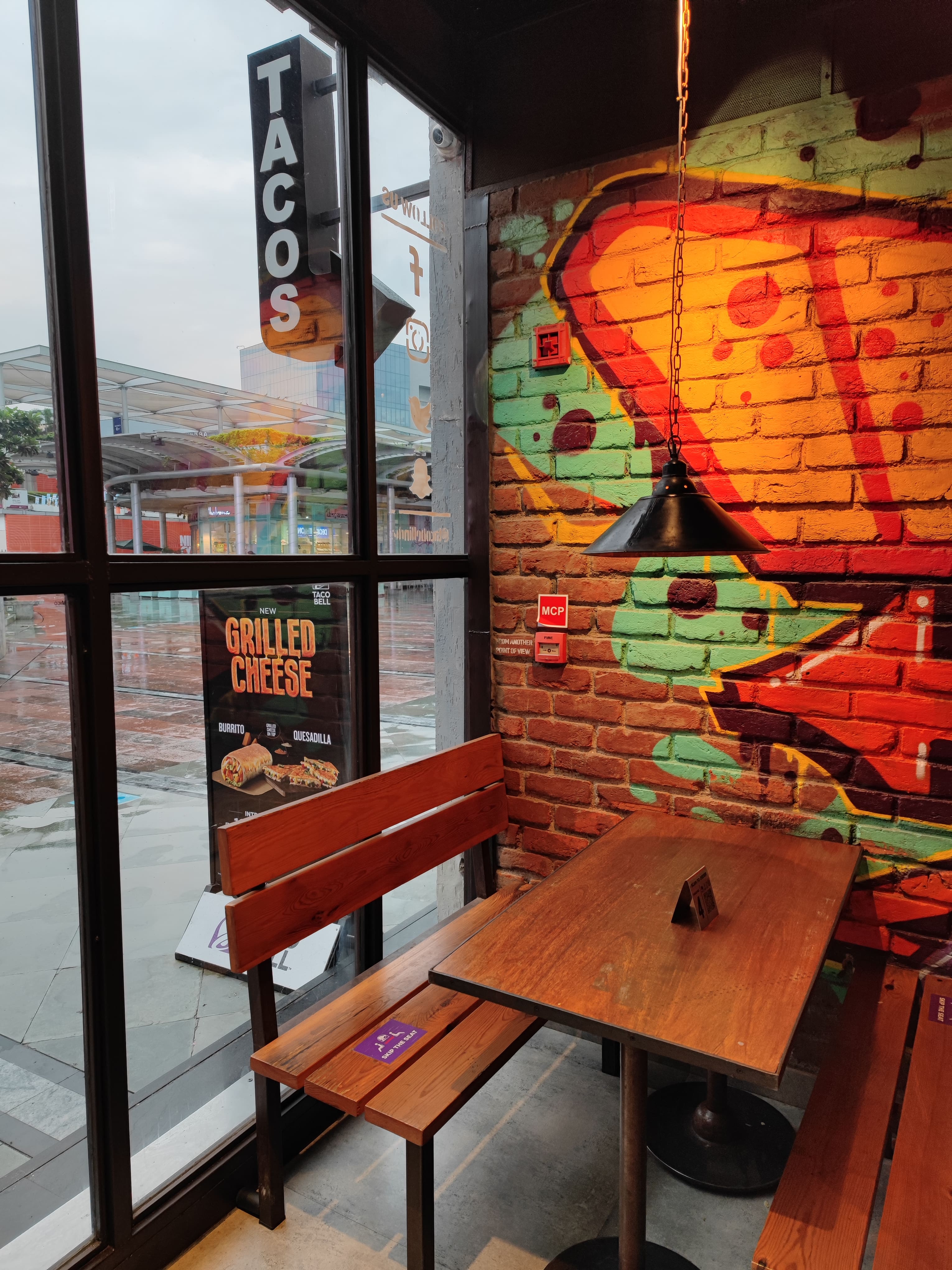

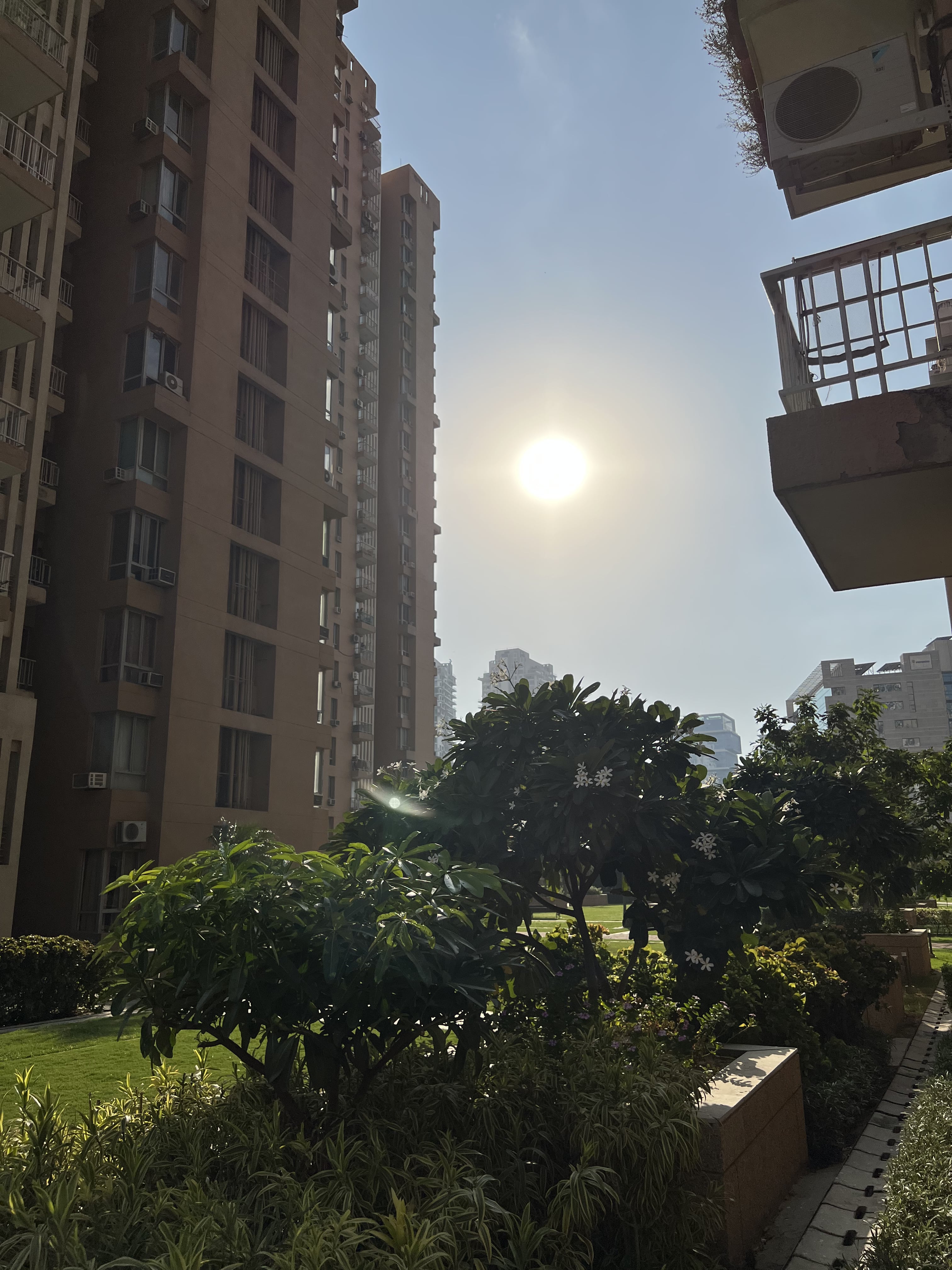
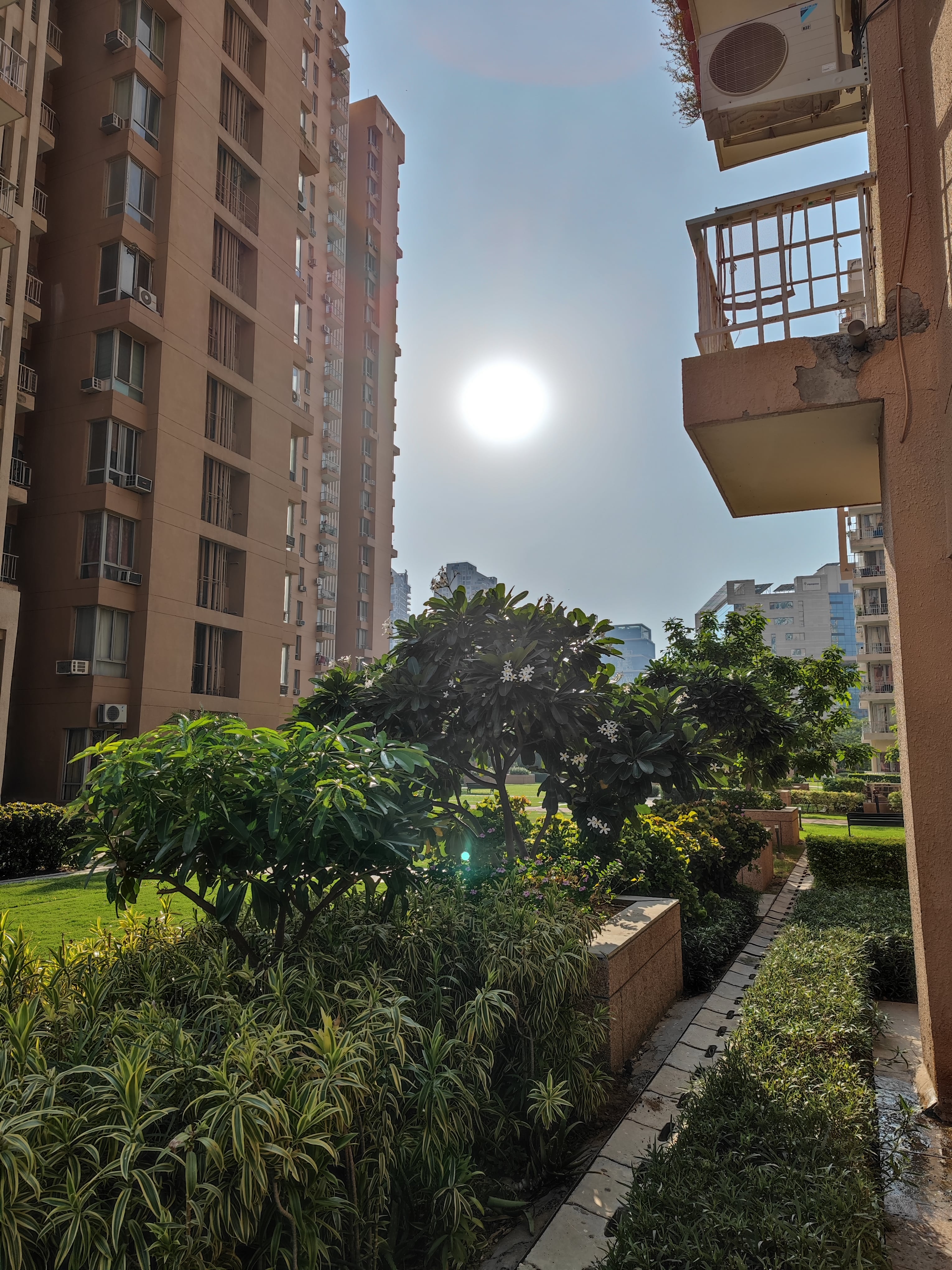
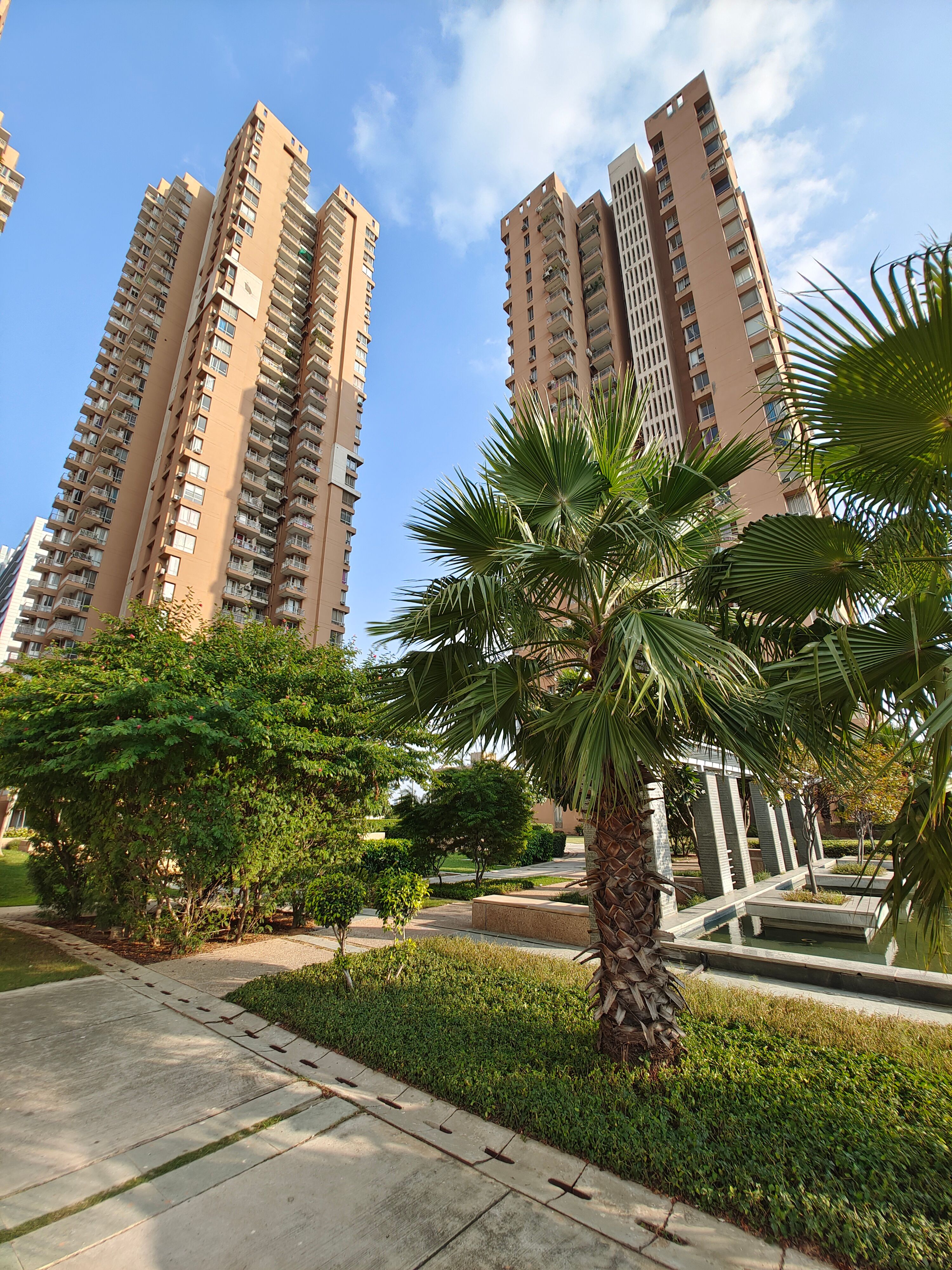
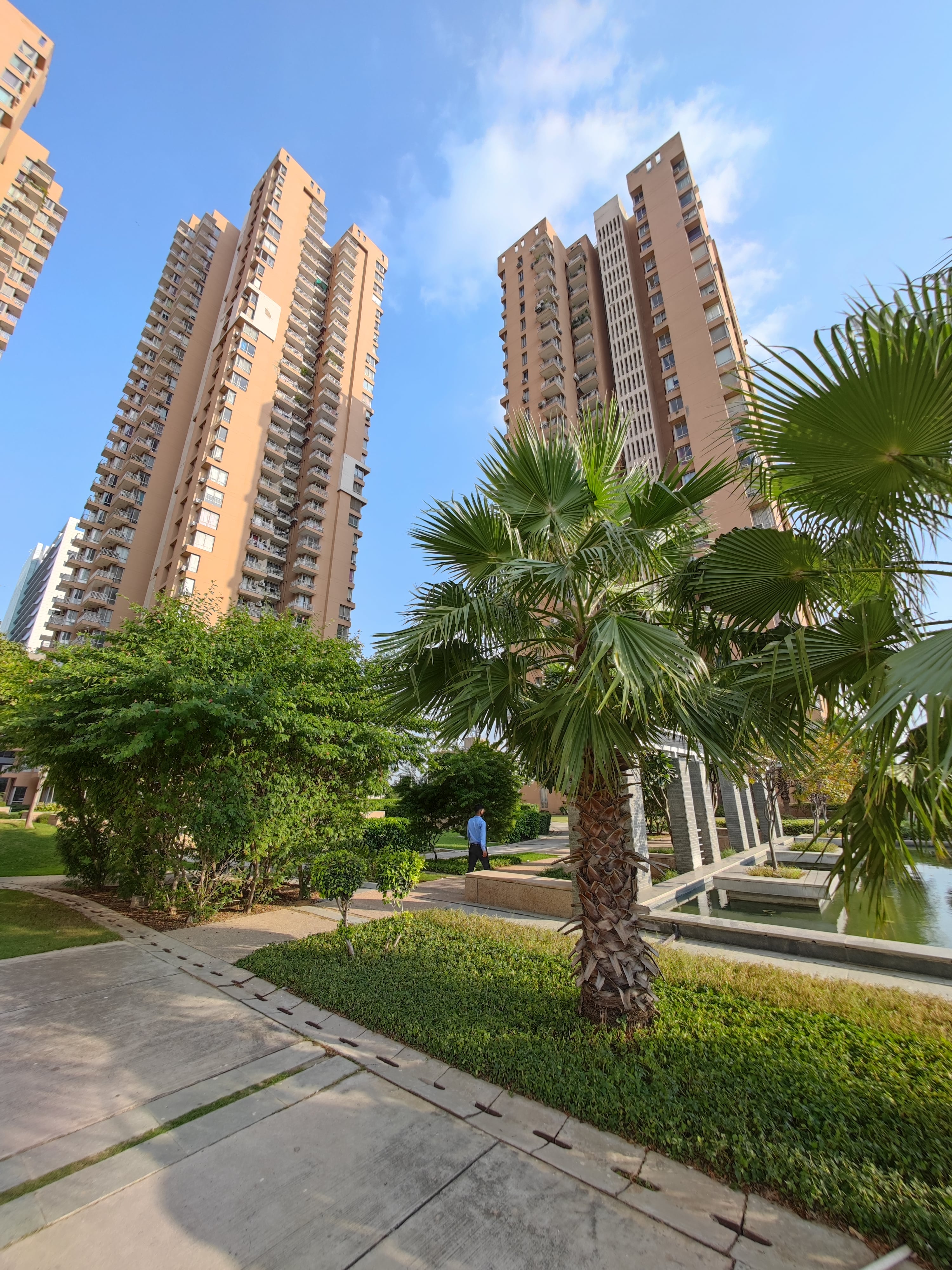
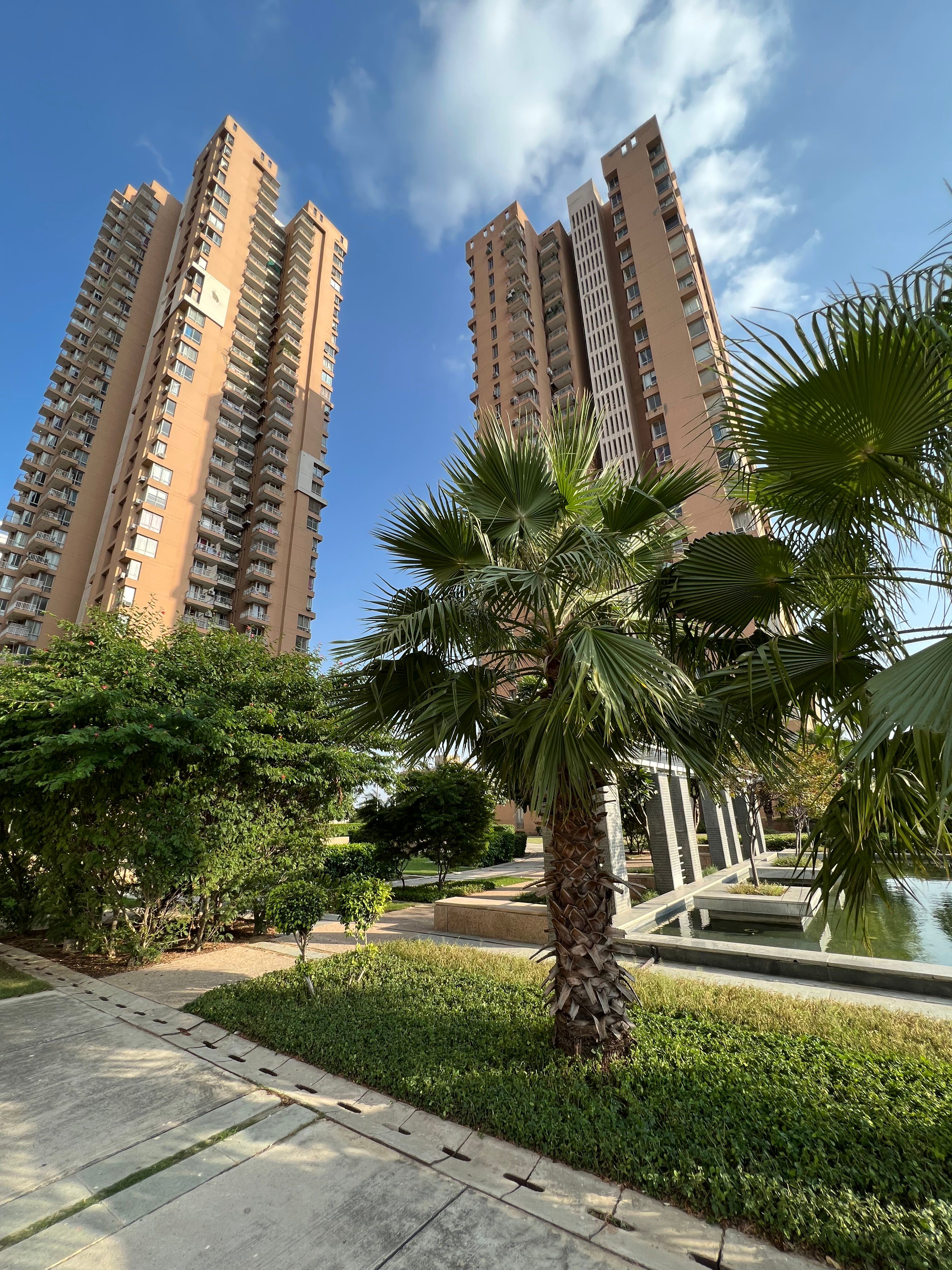


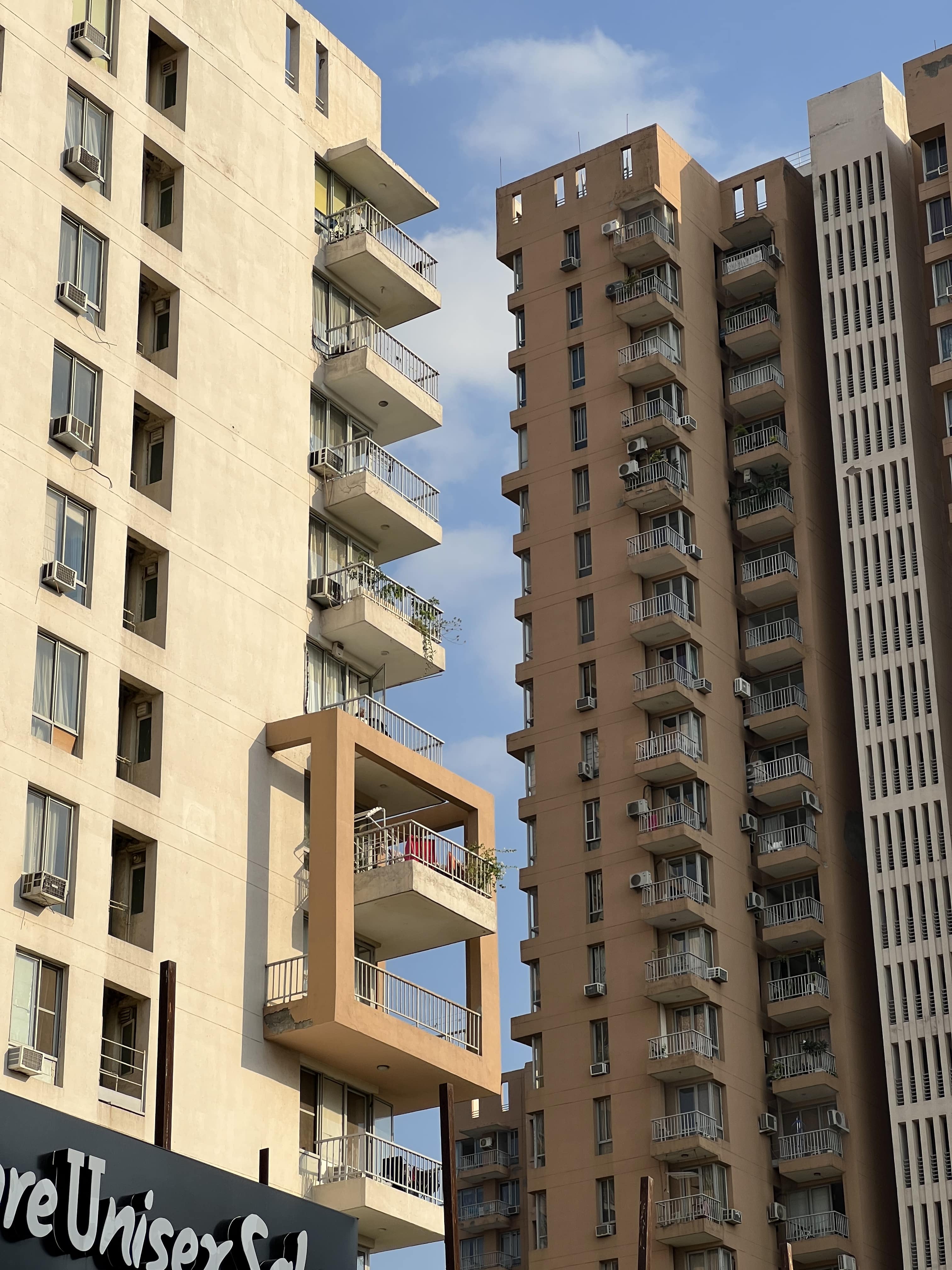
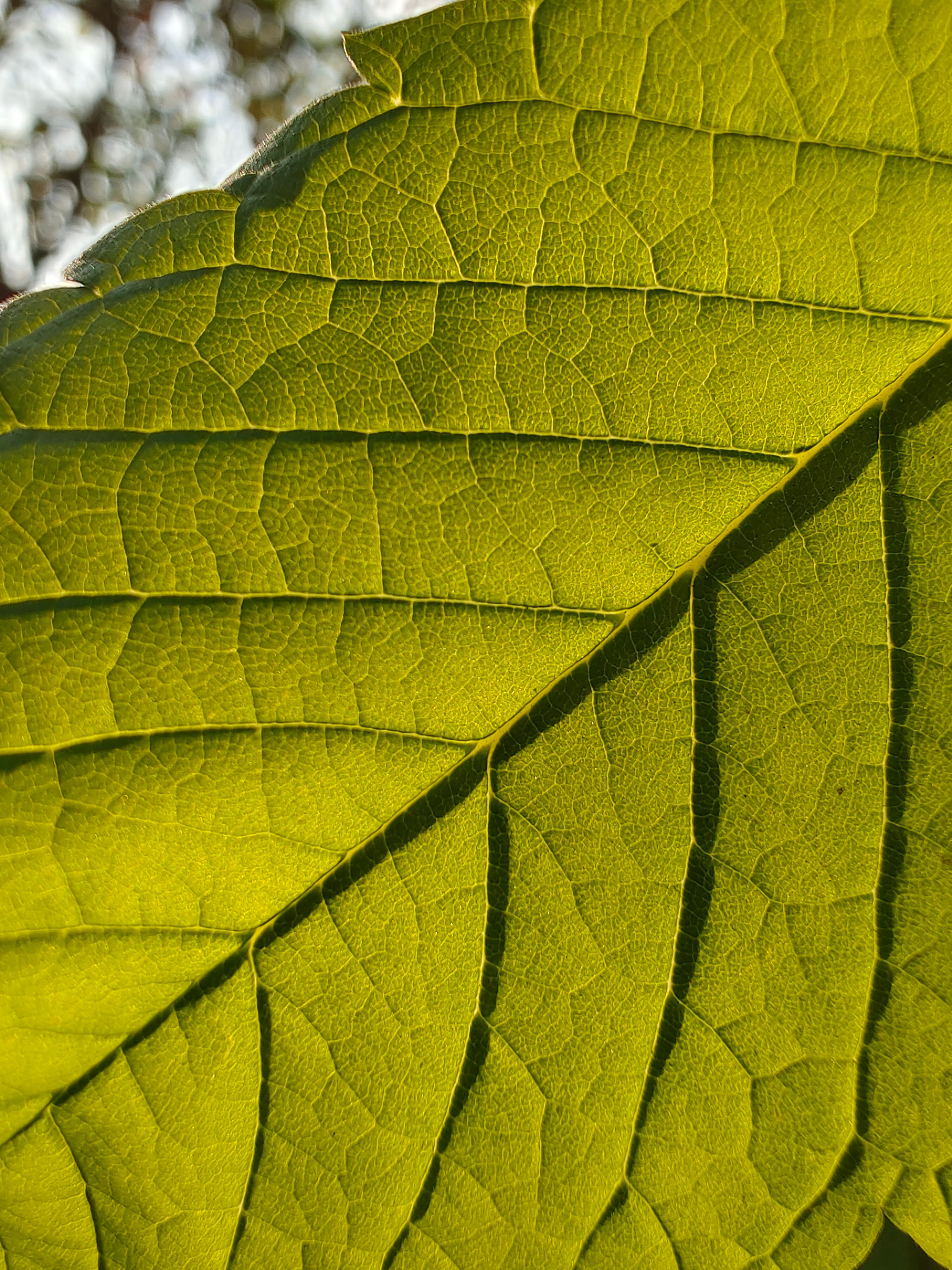

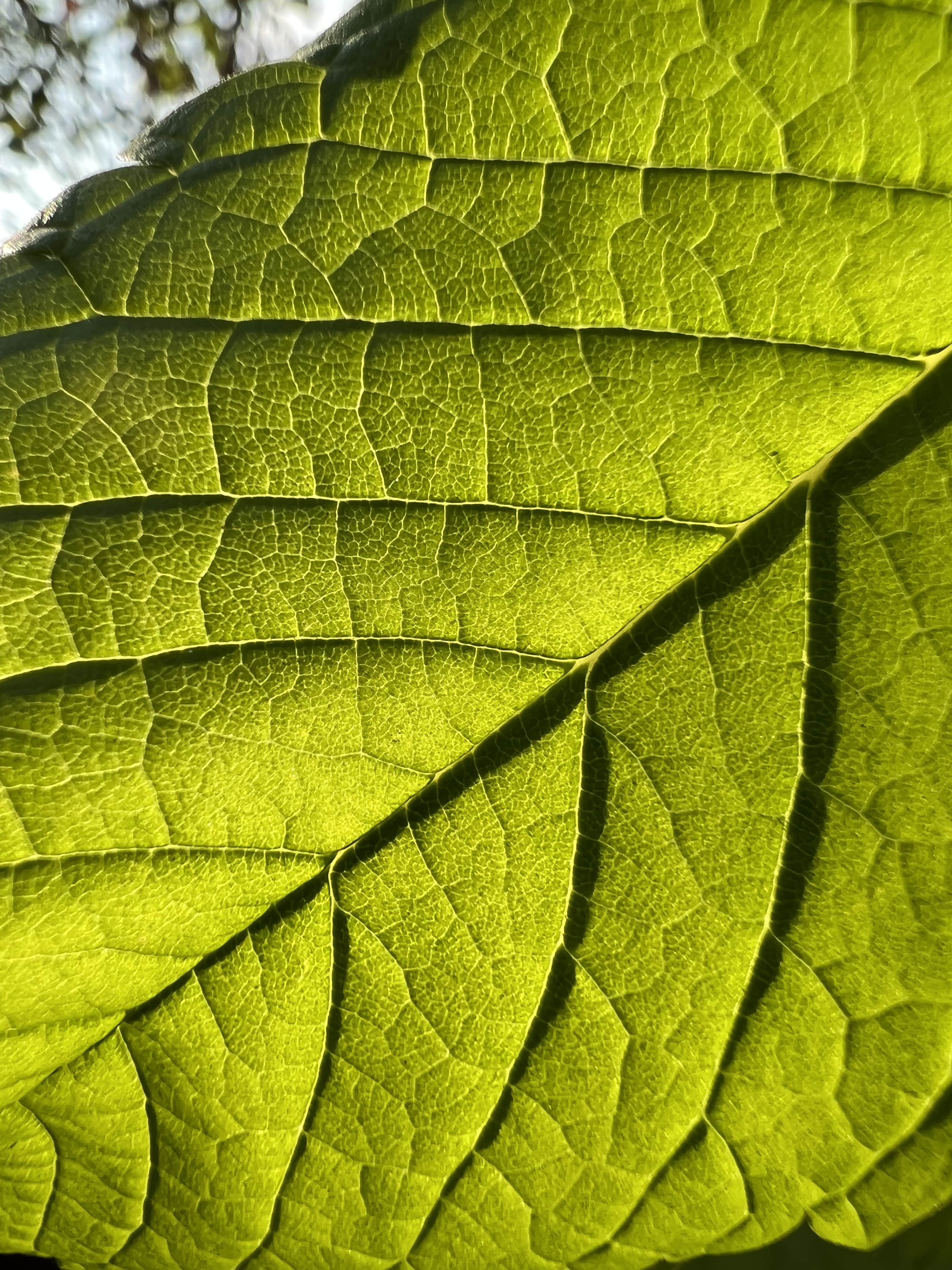


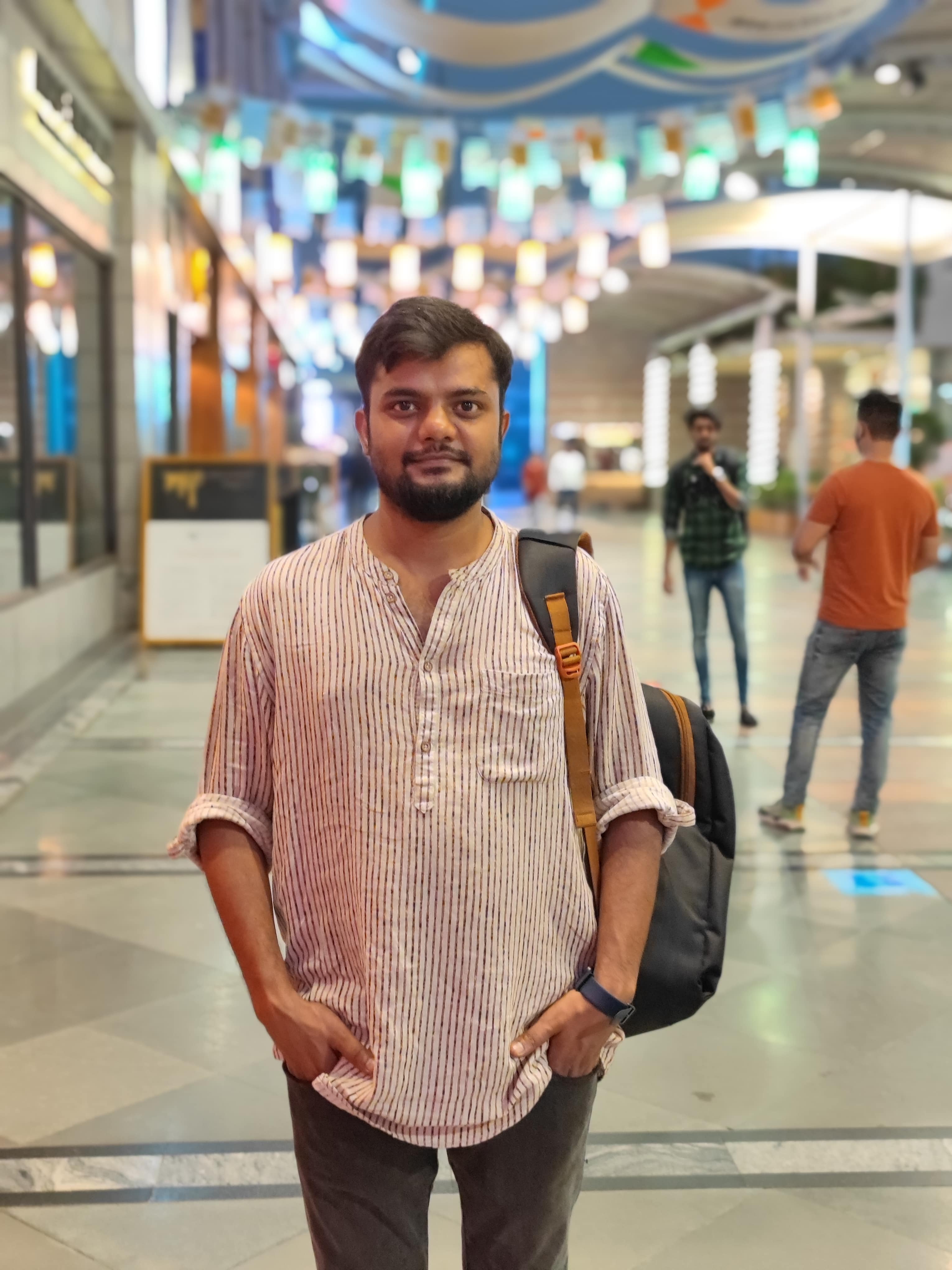
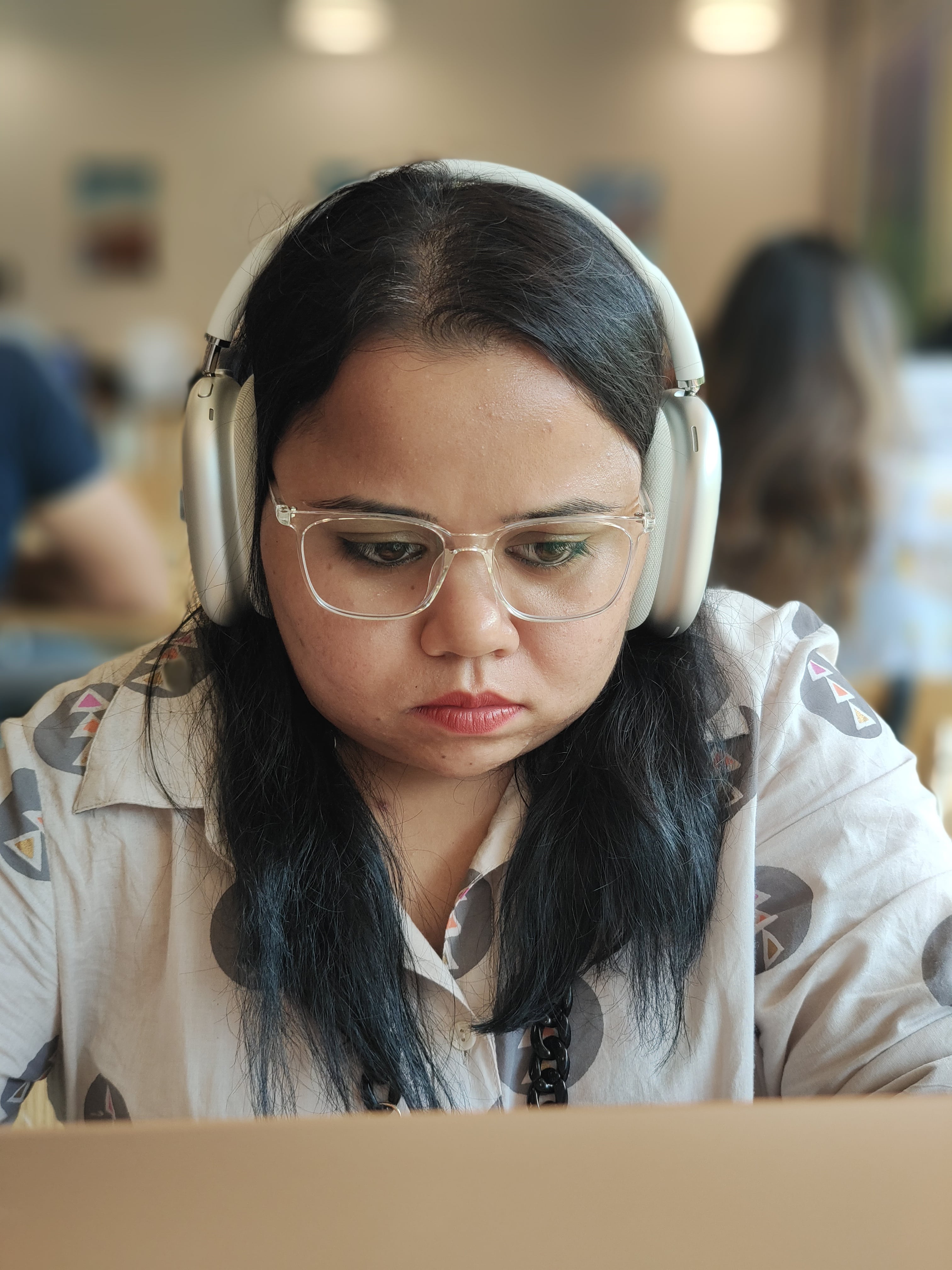
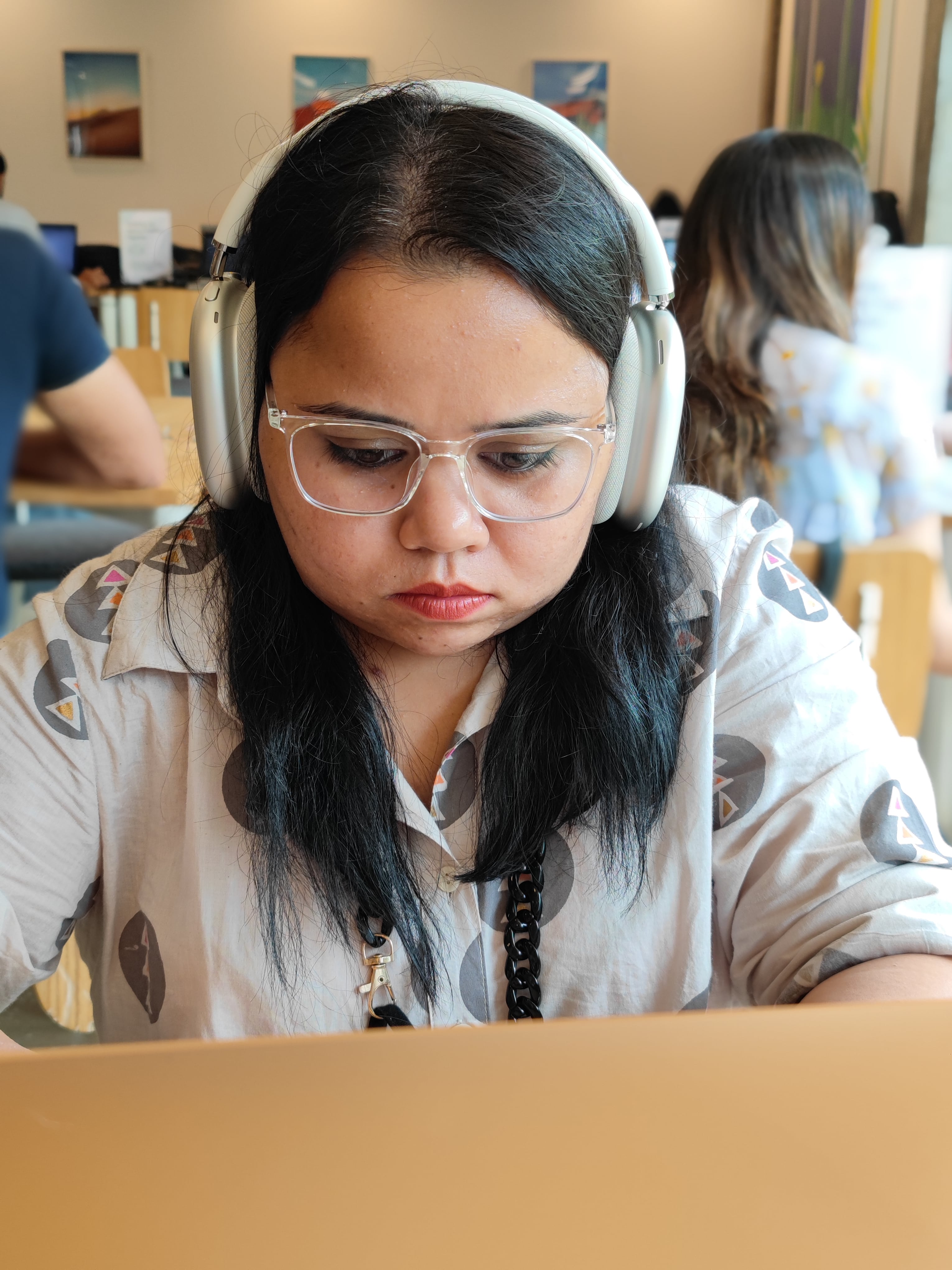

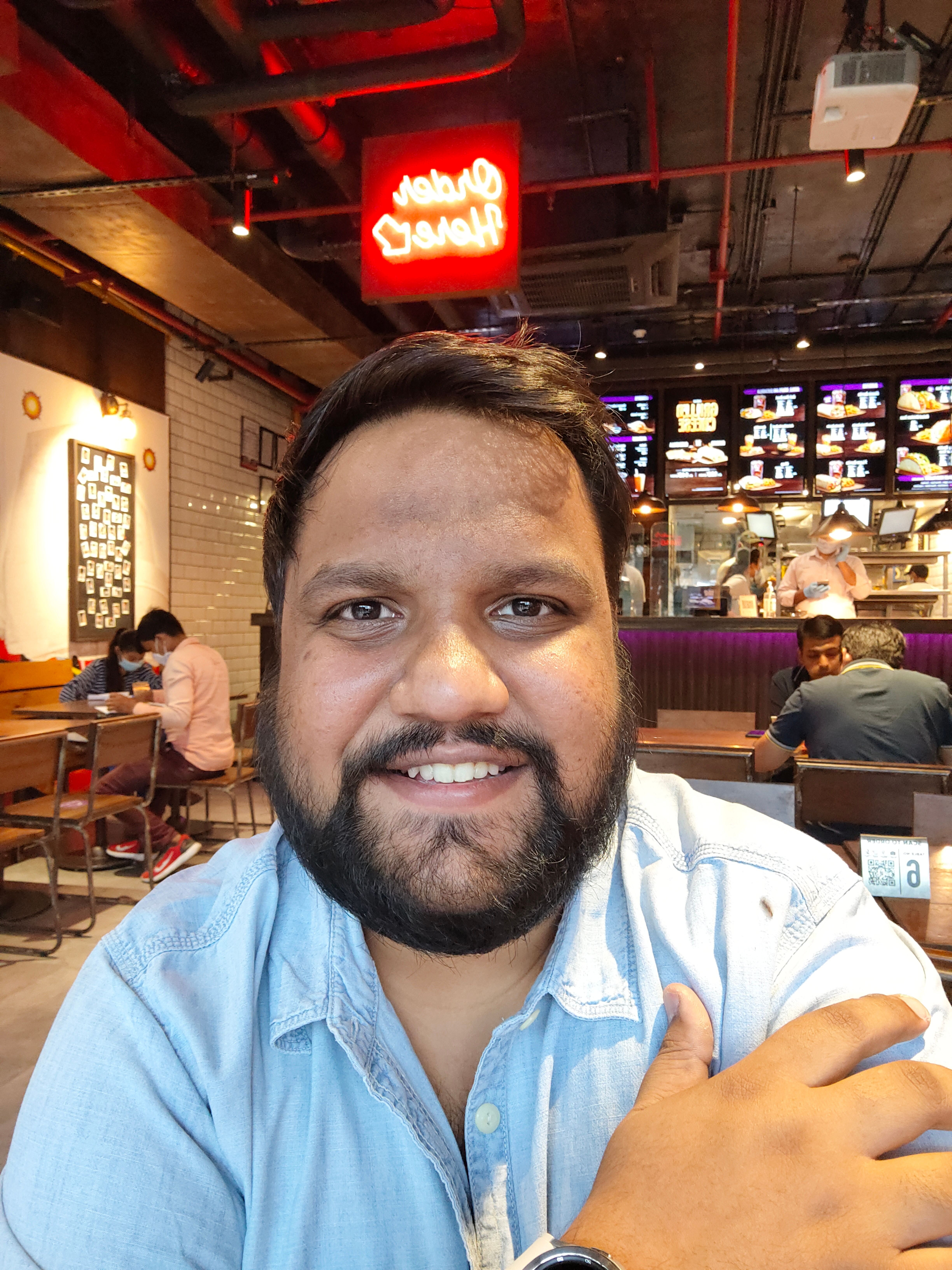










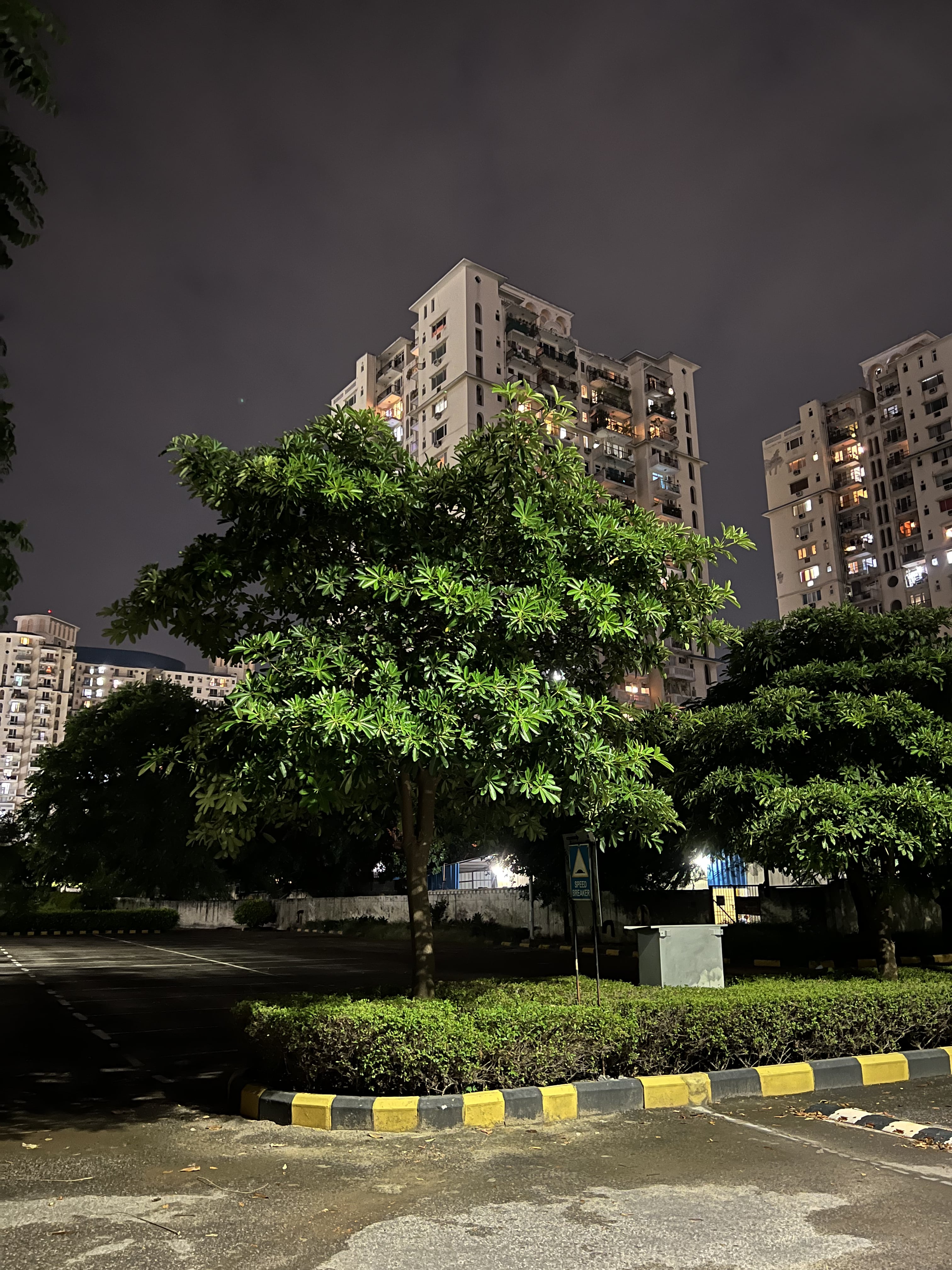
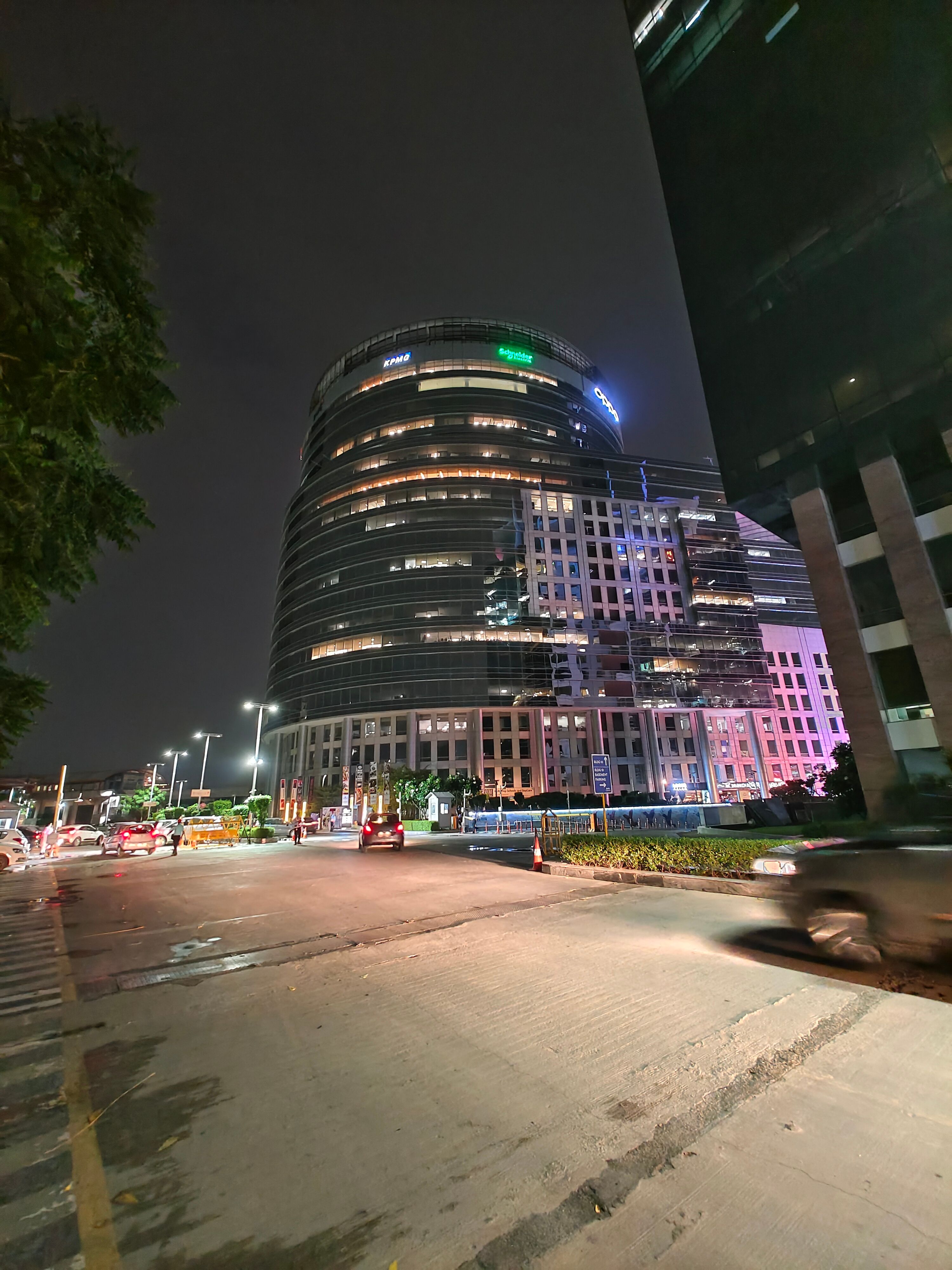

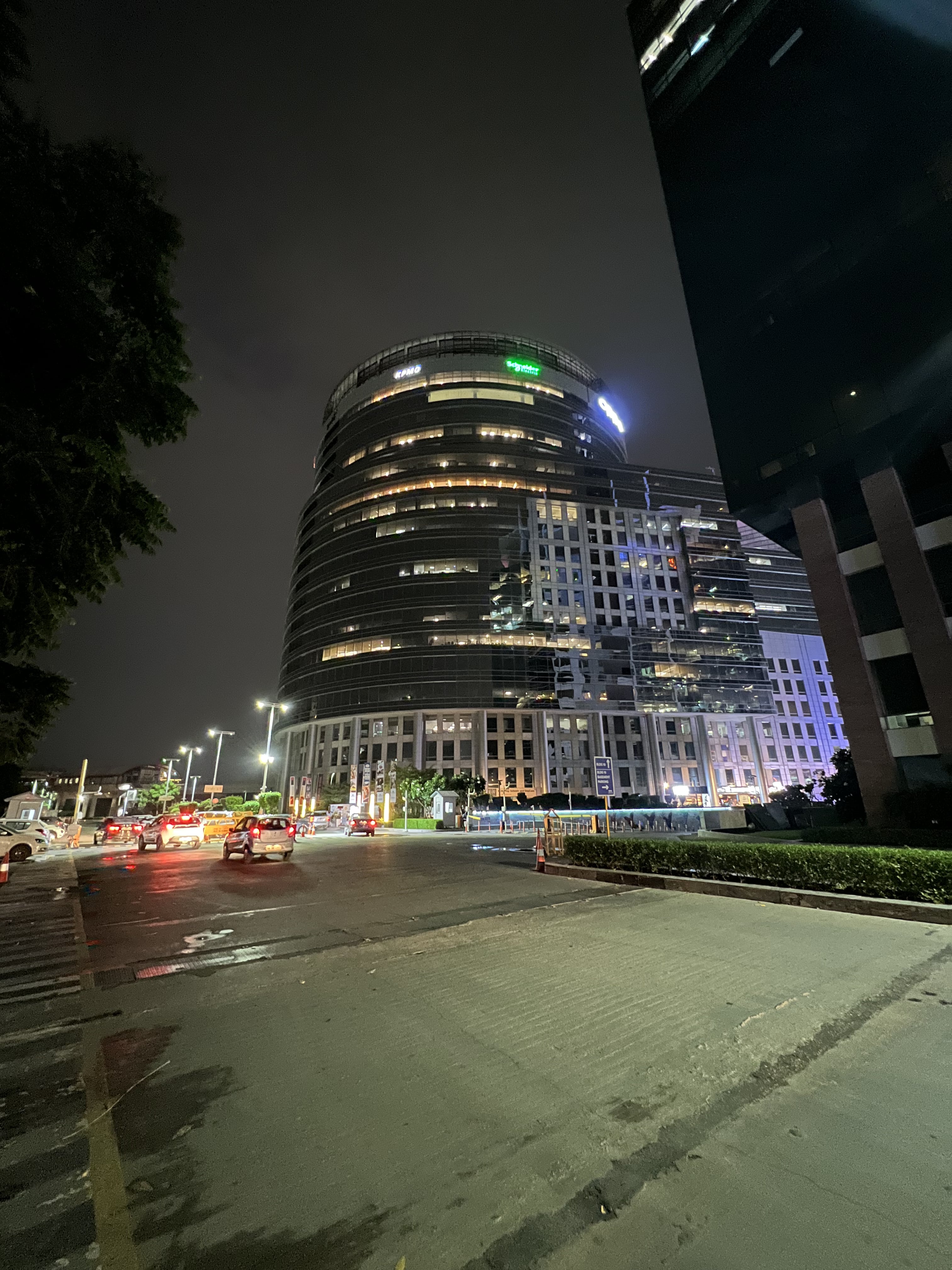



No comments:
Post a Comment